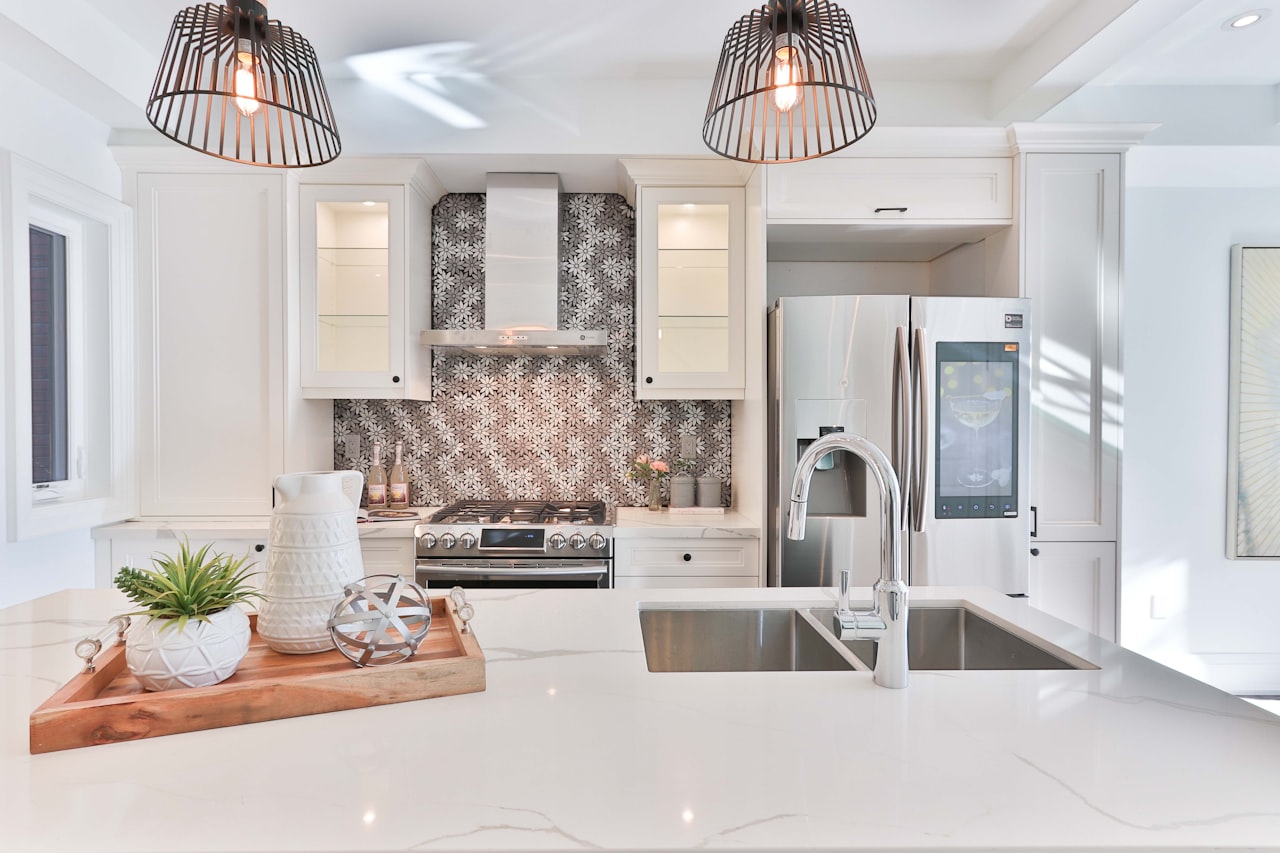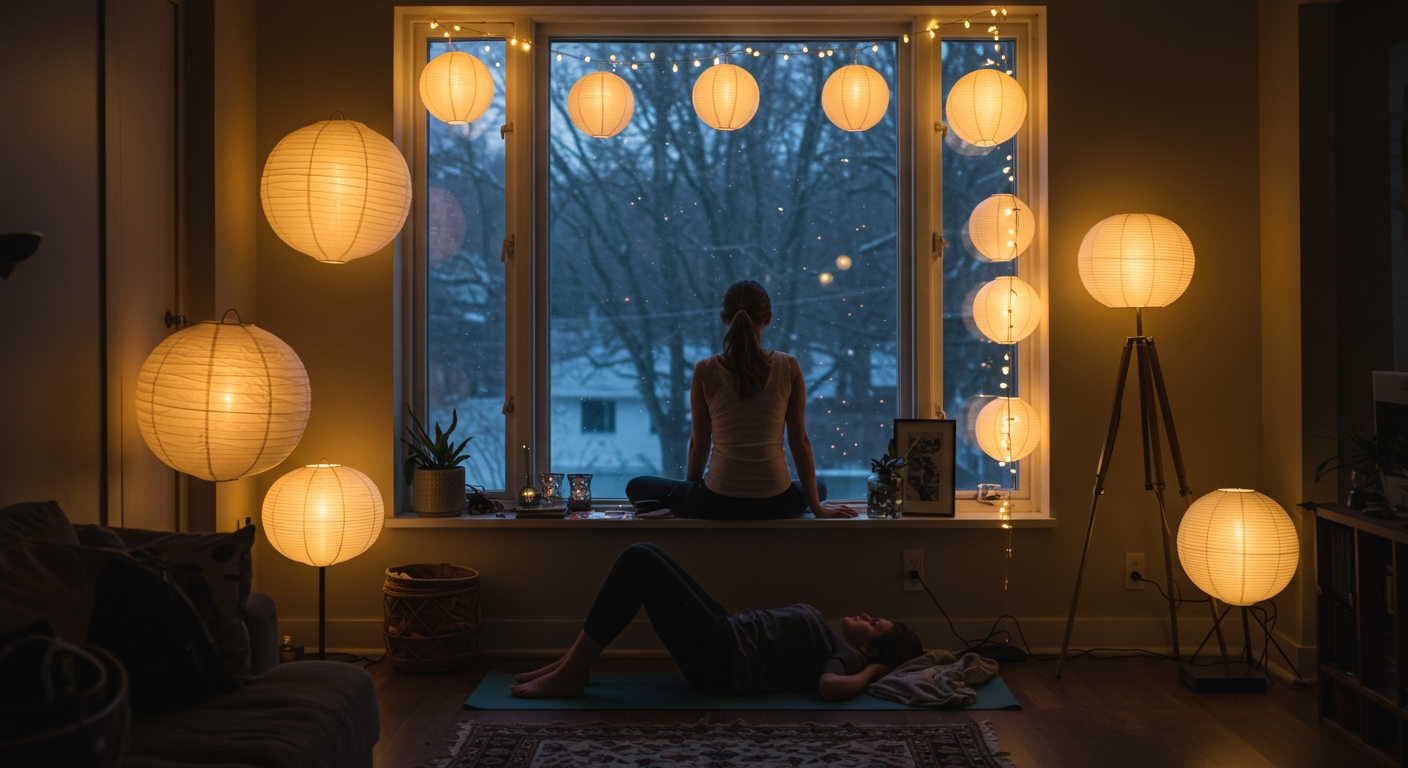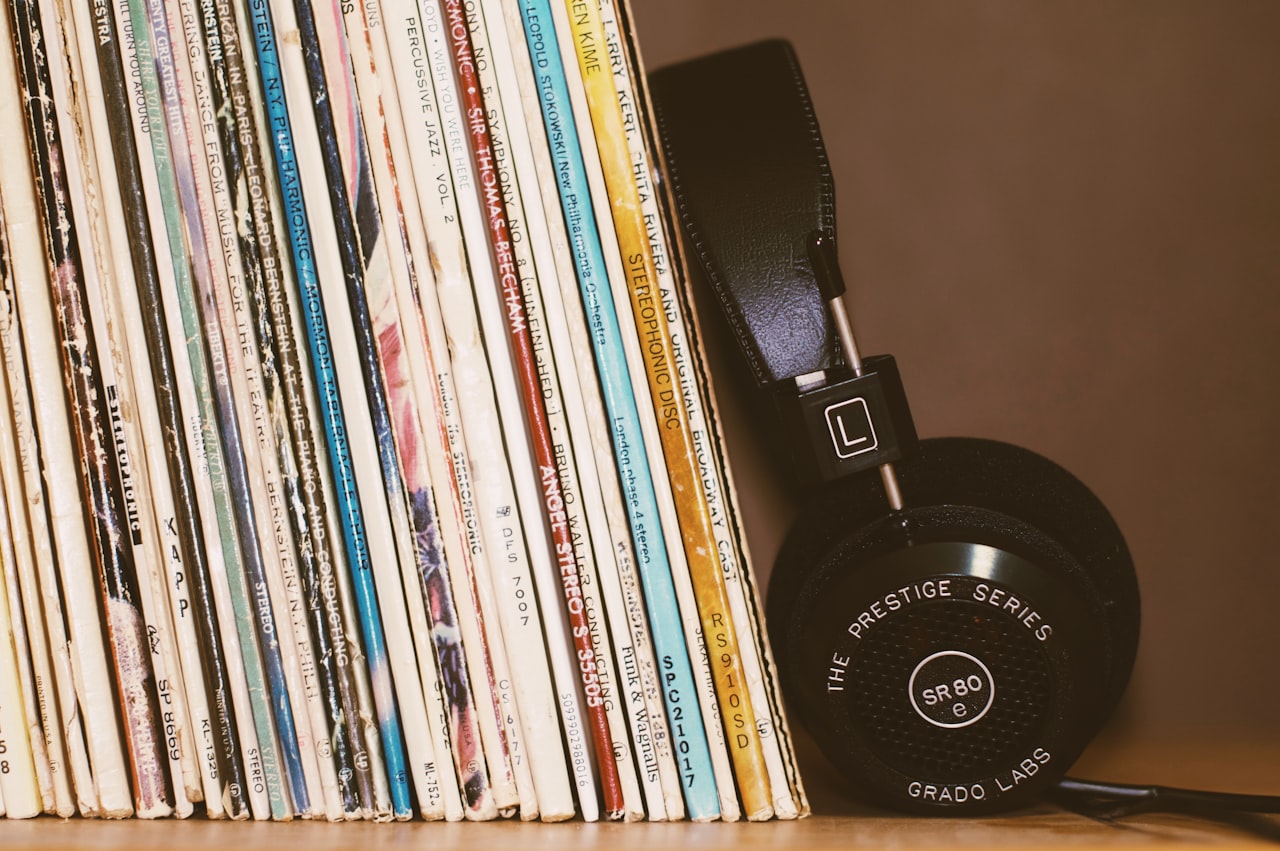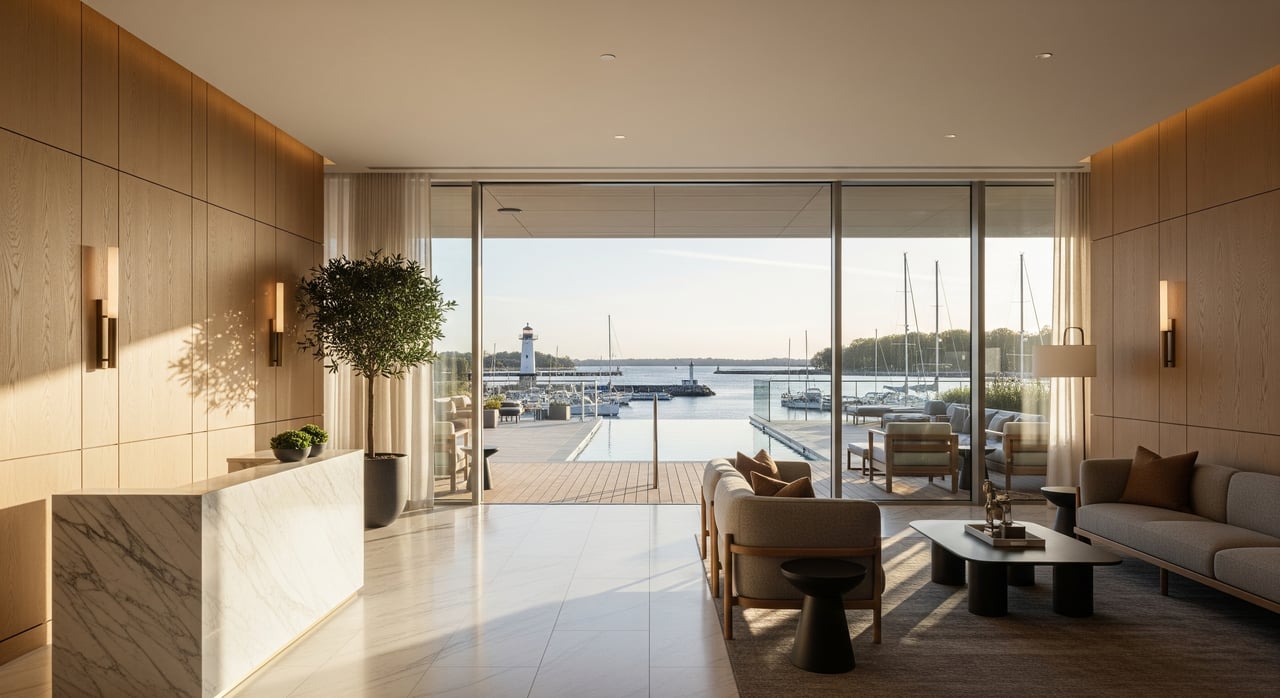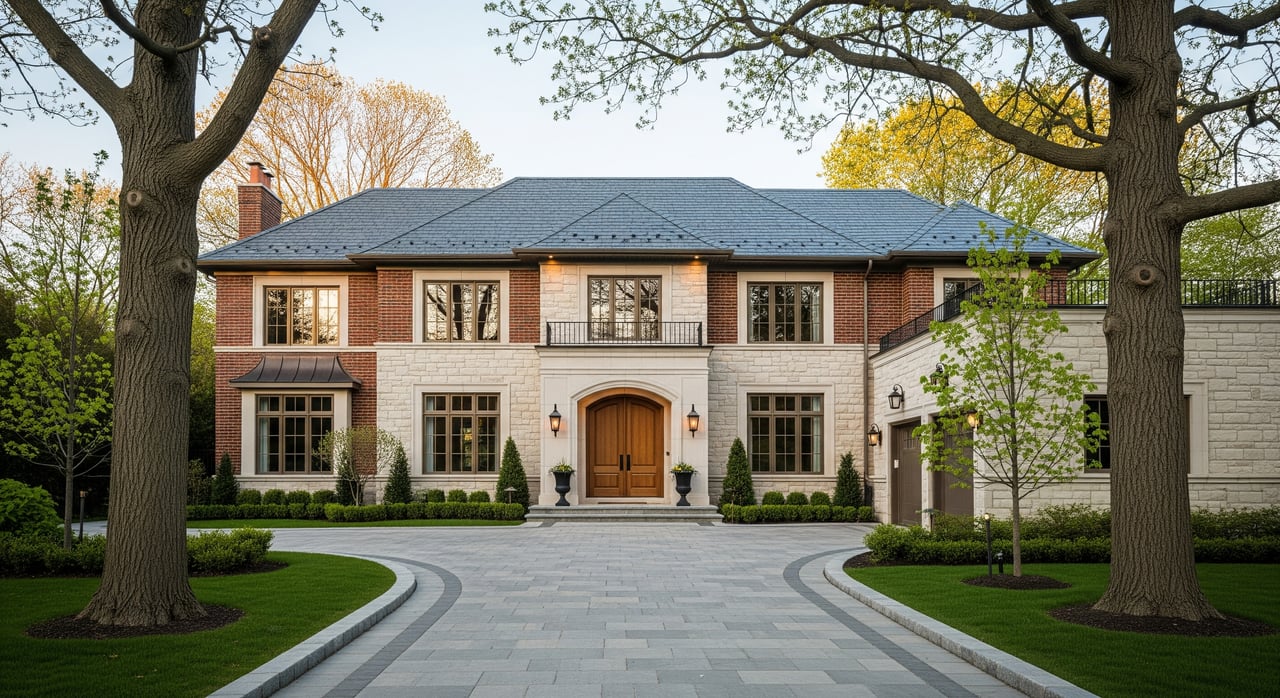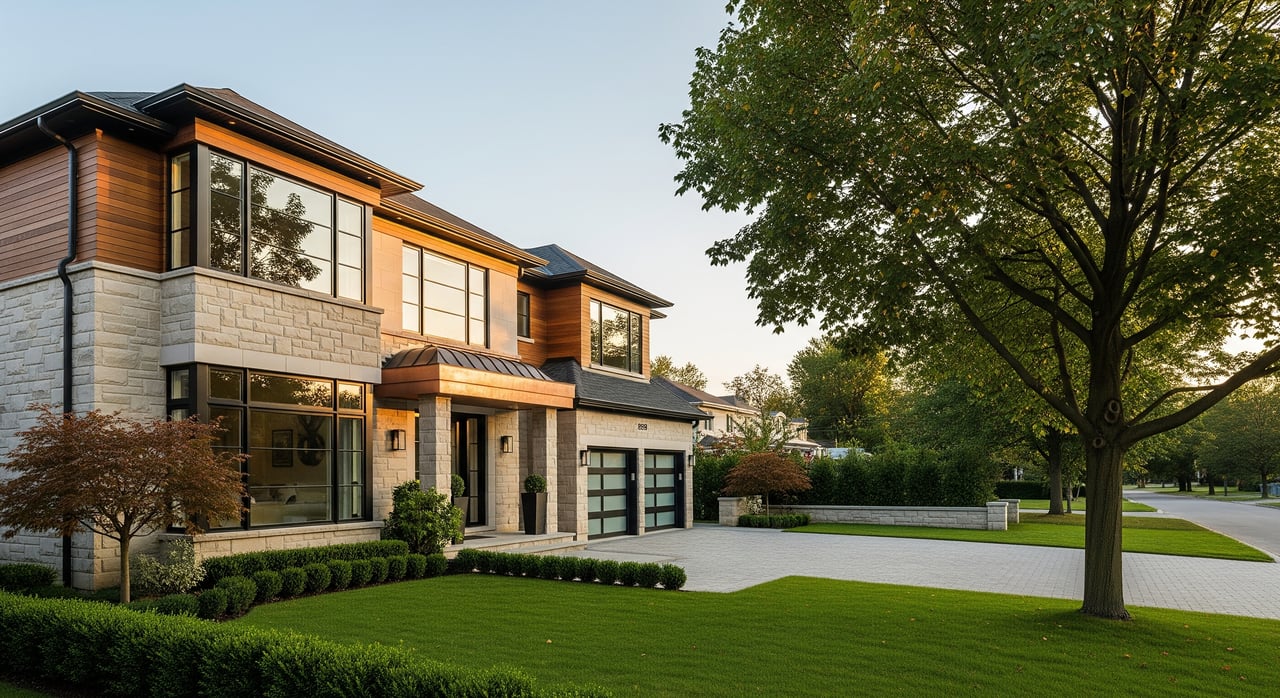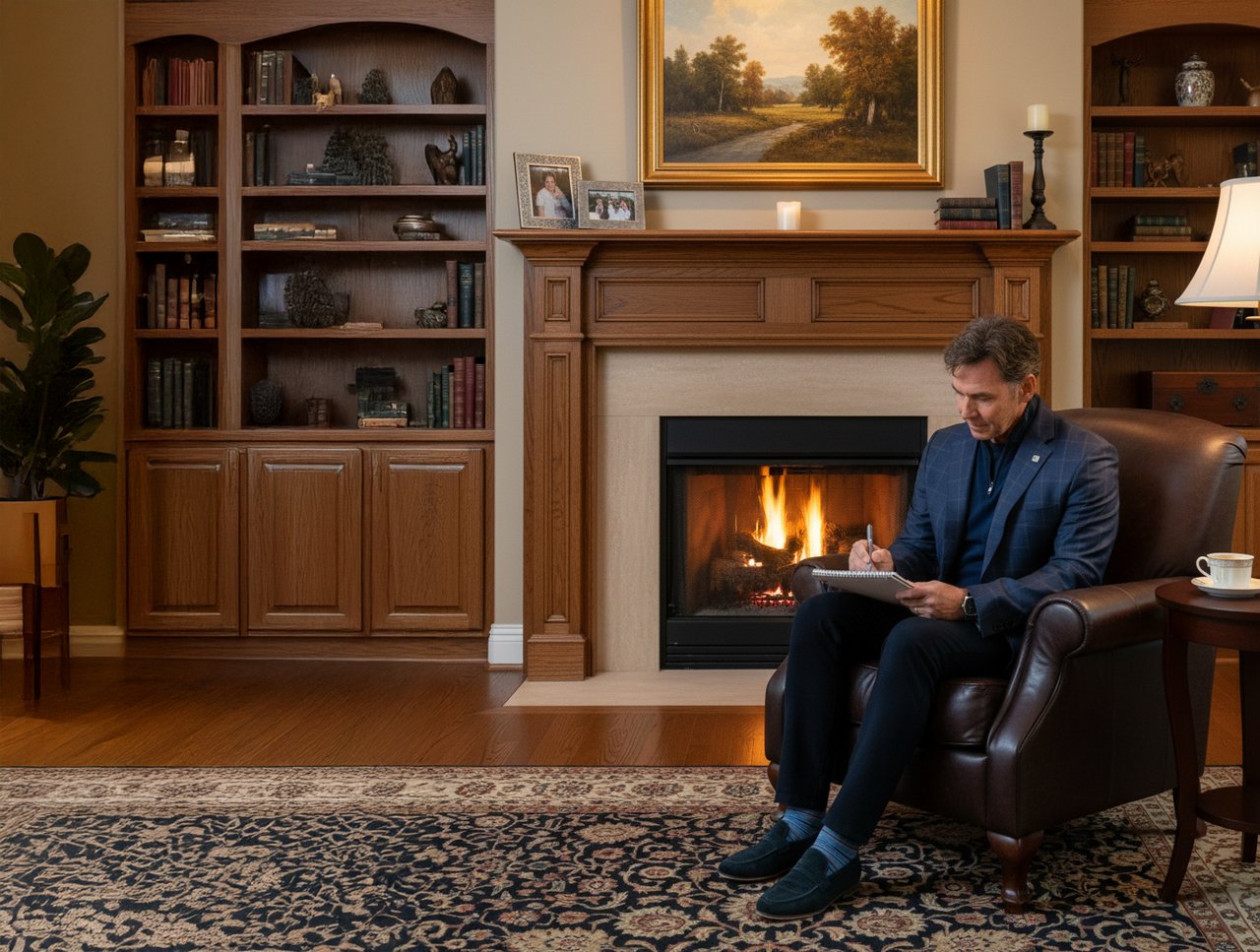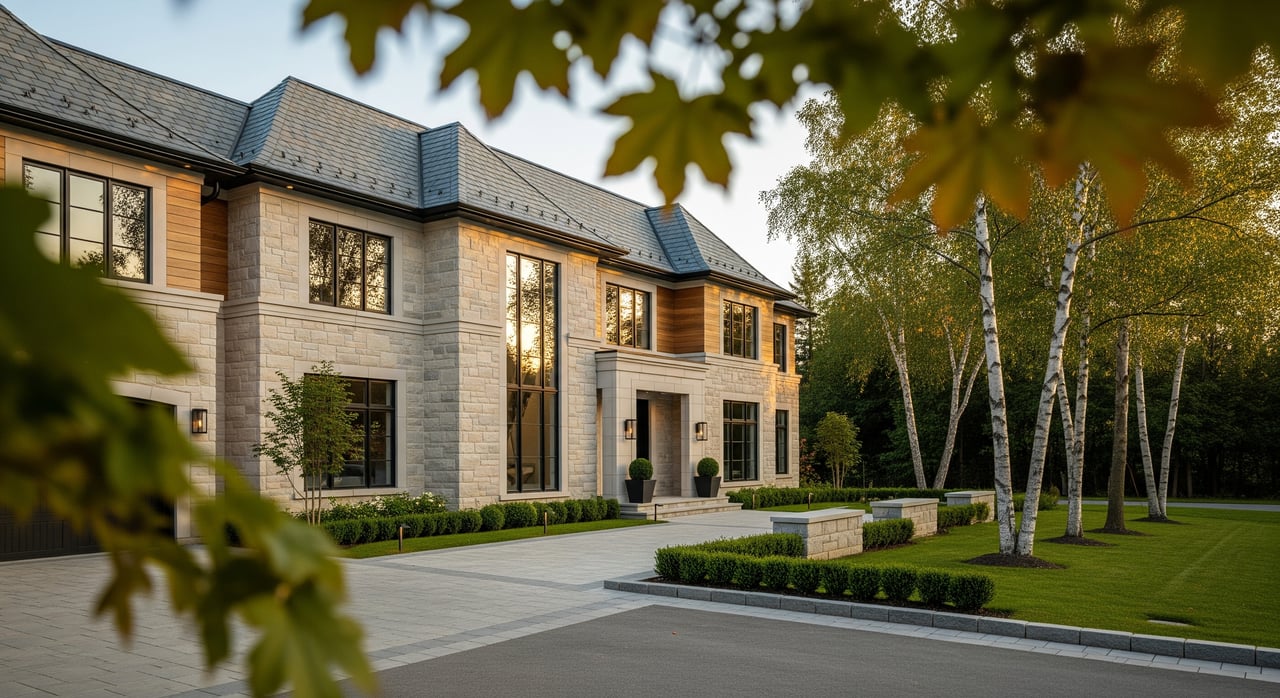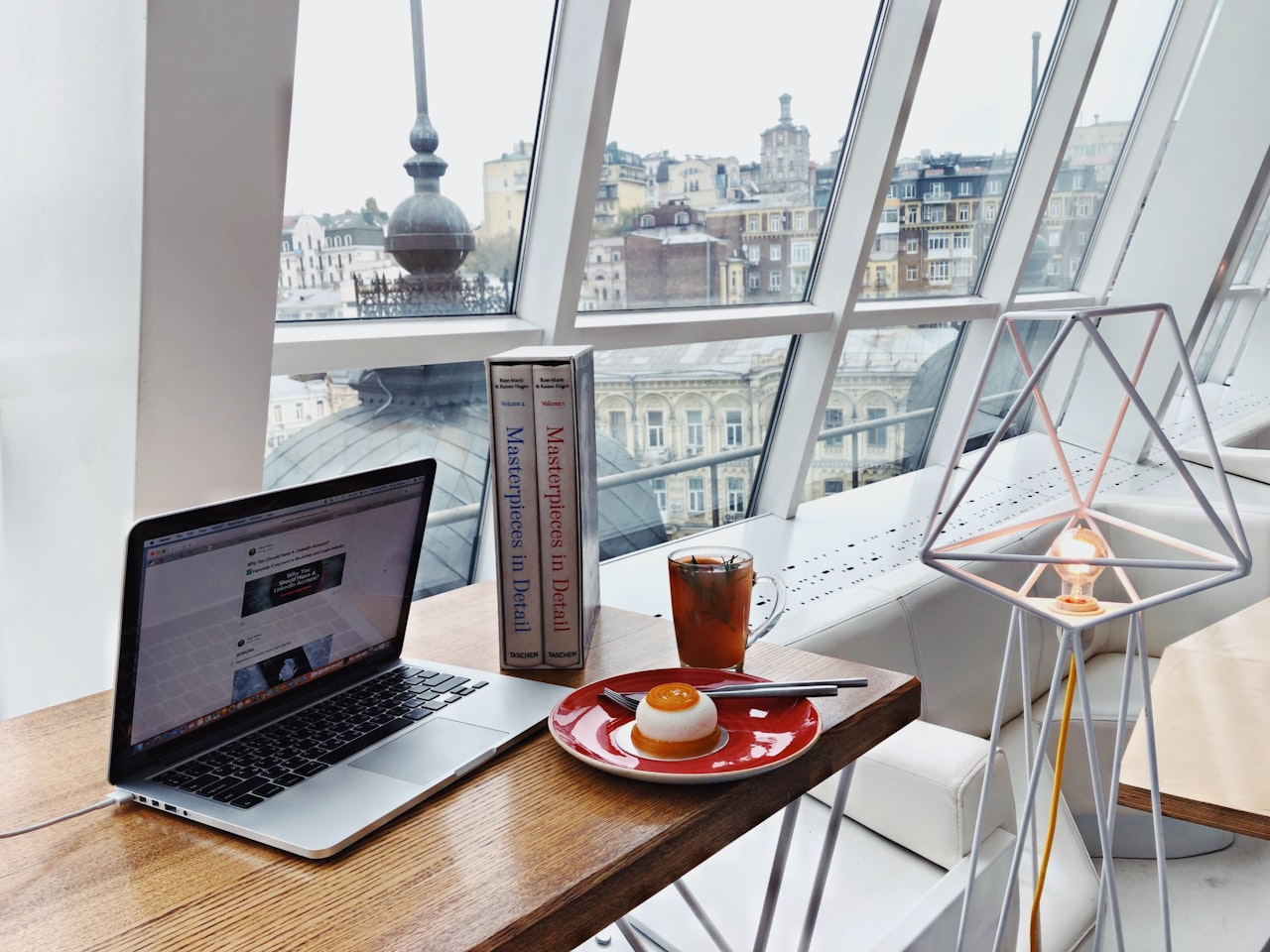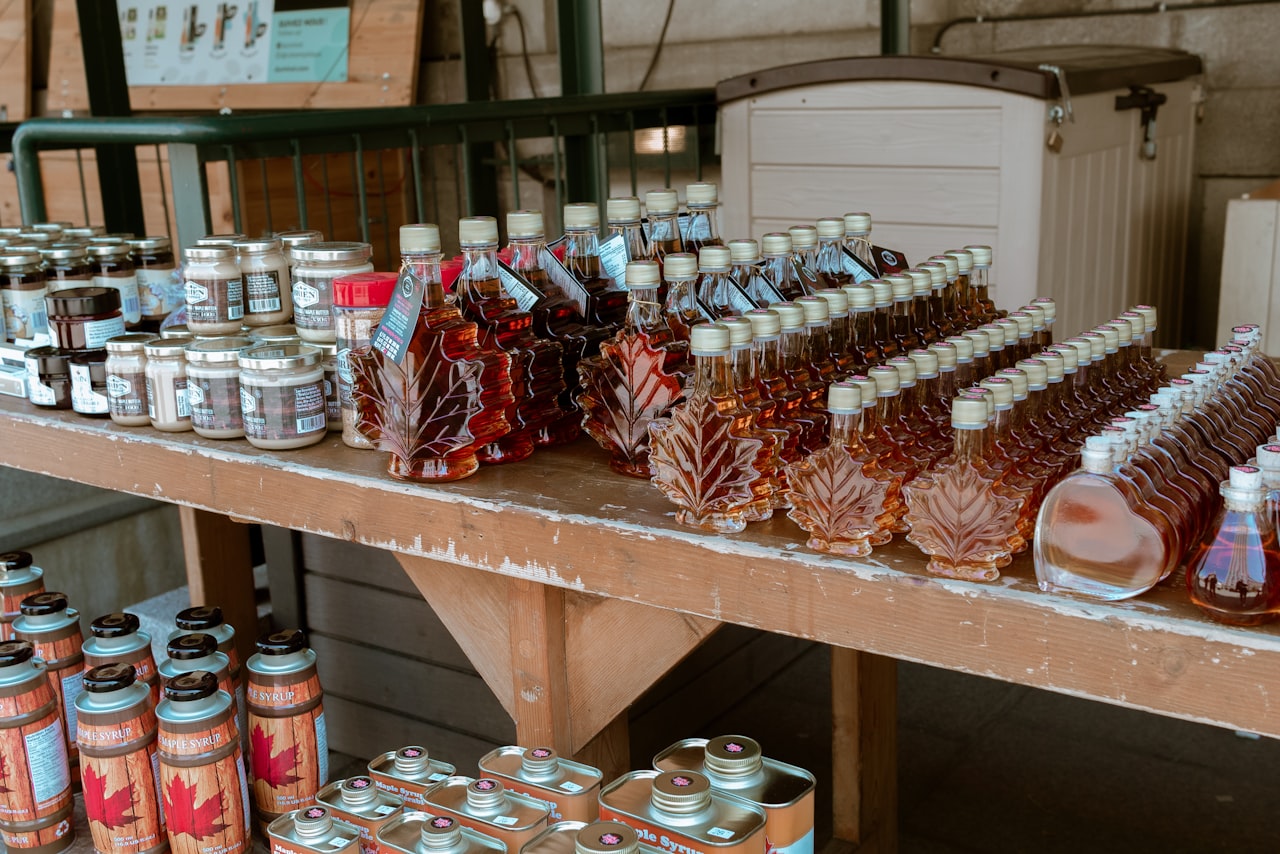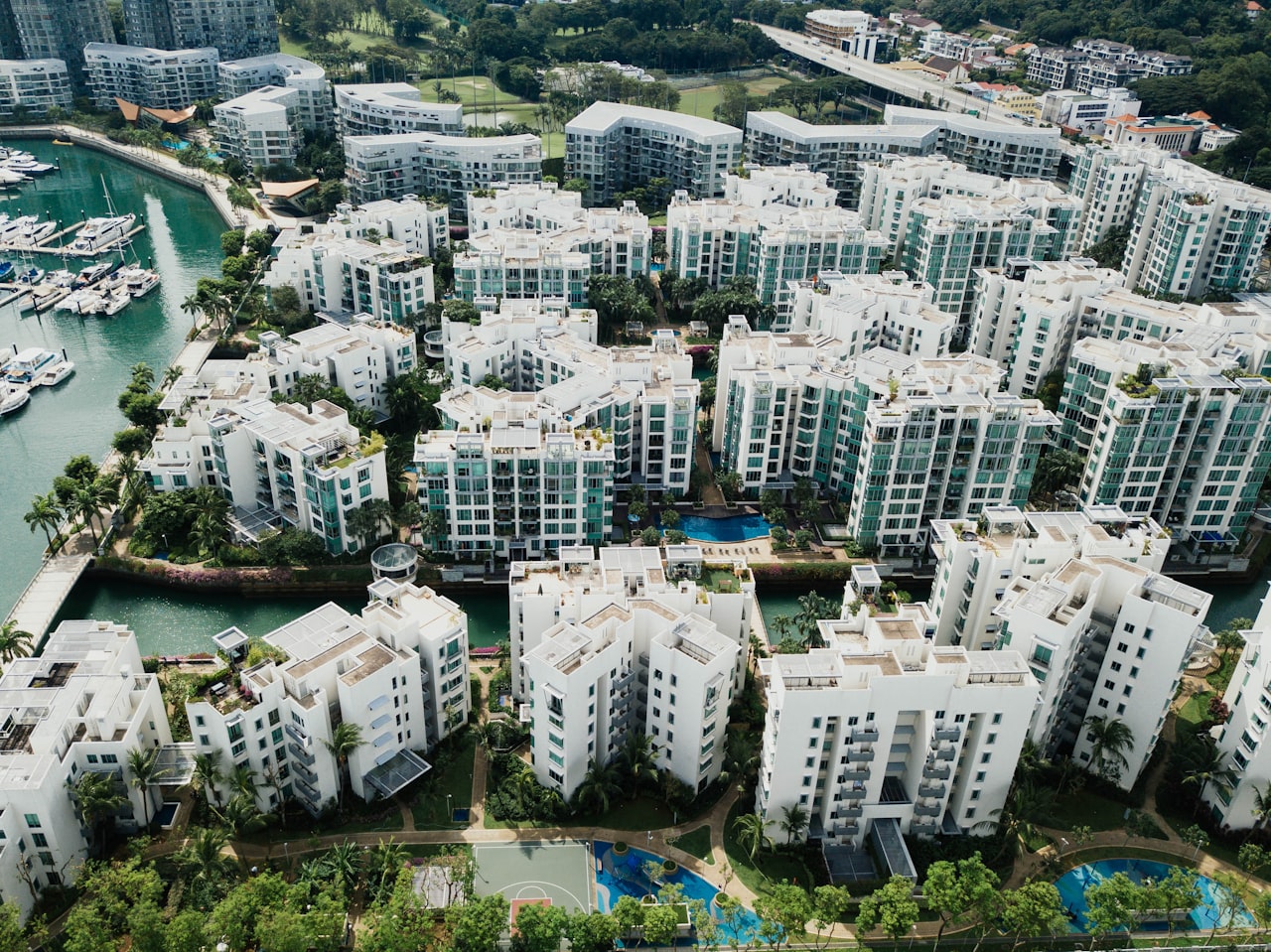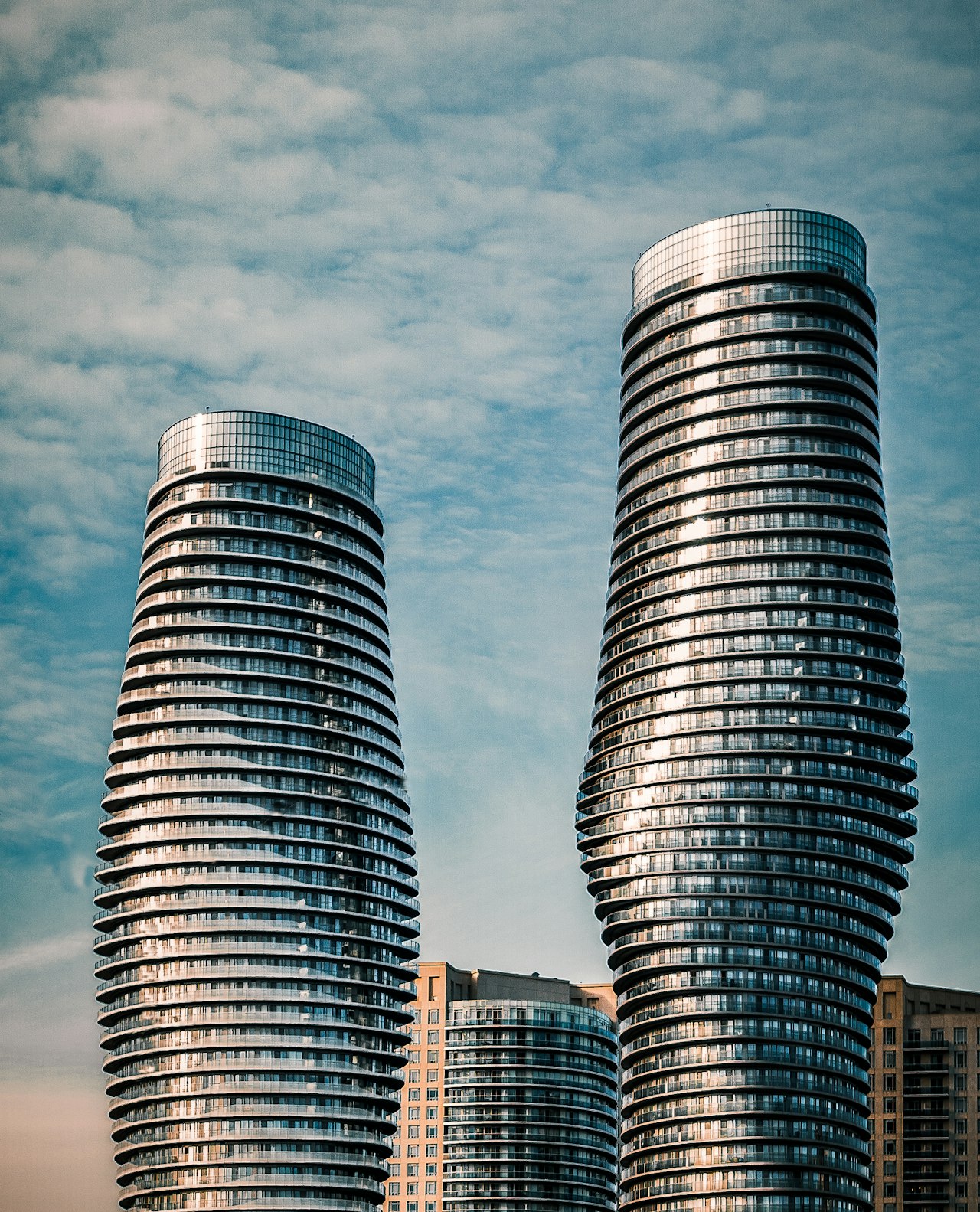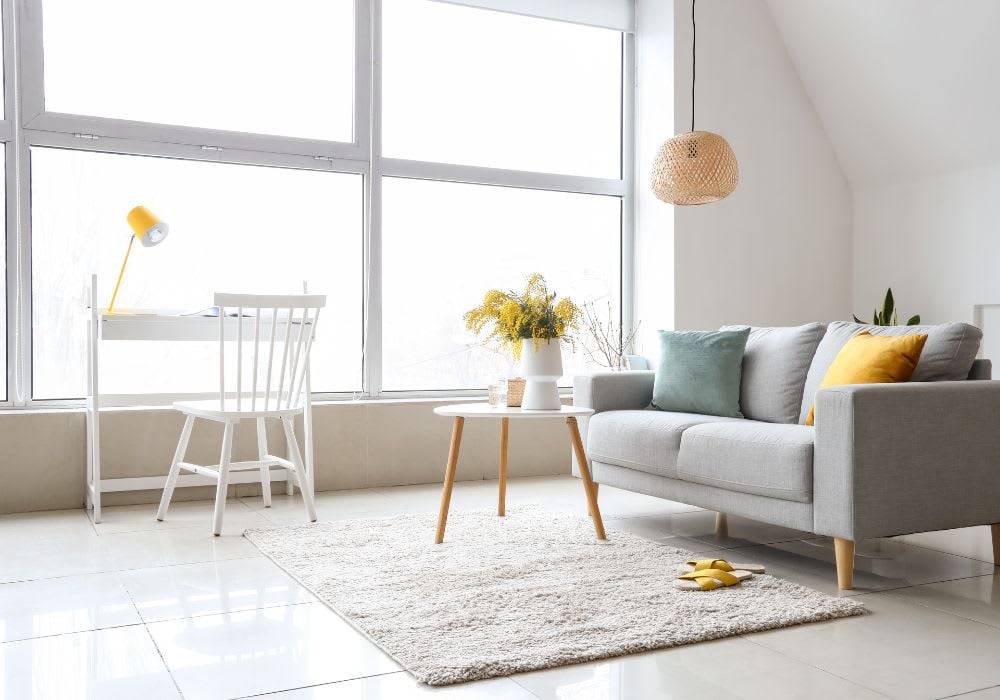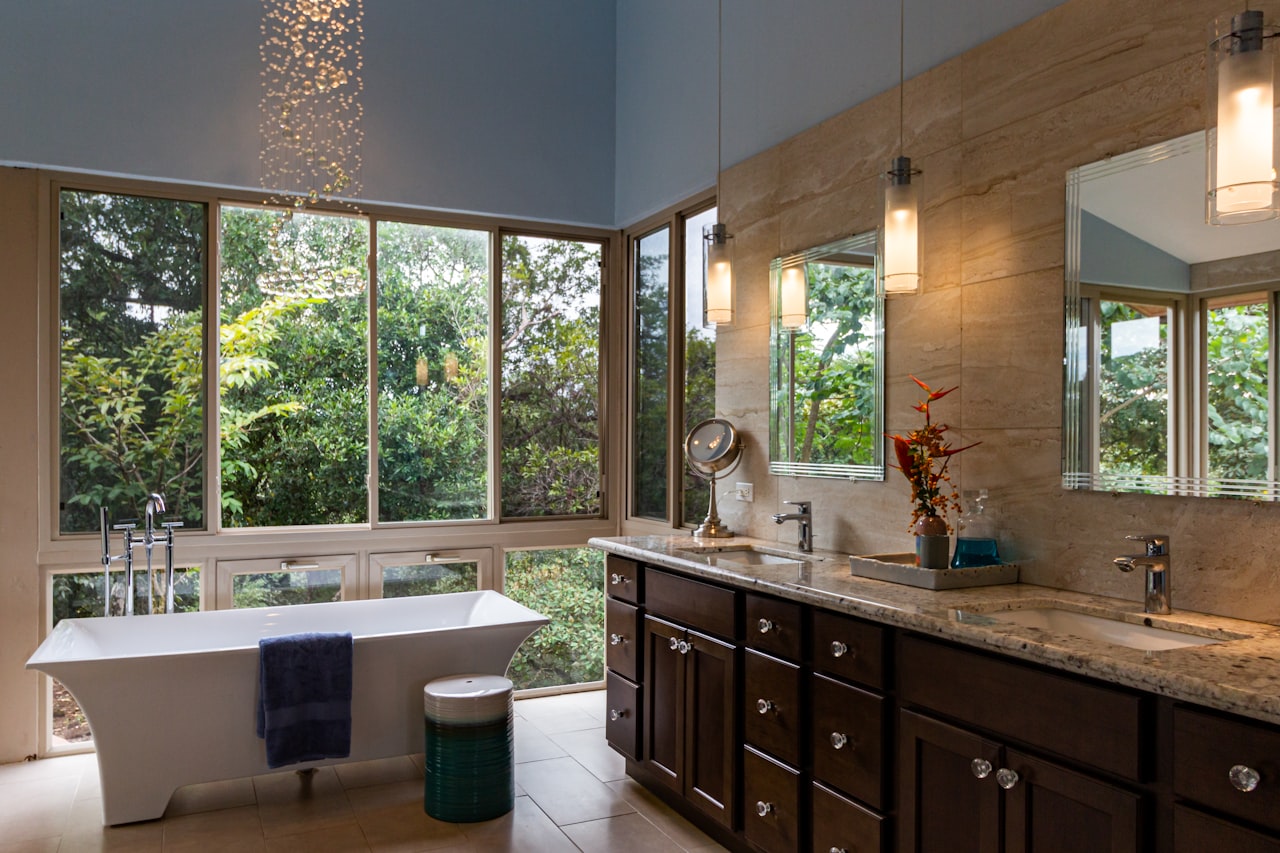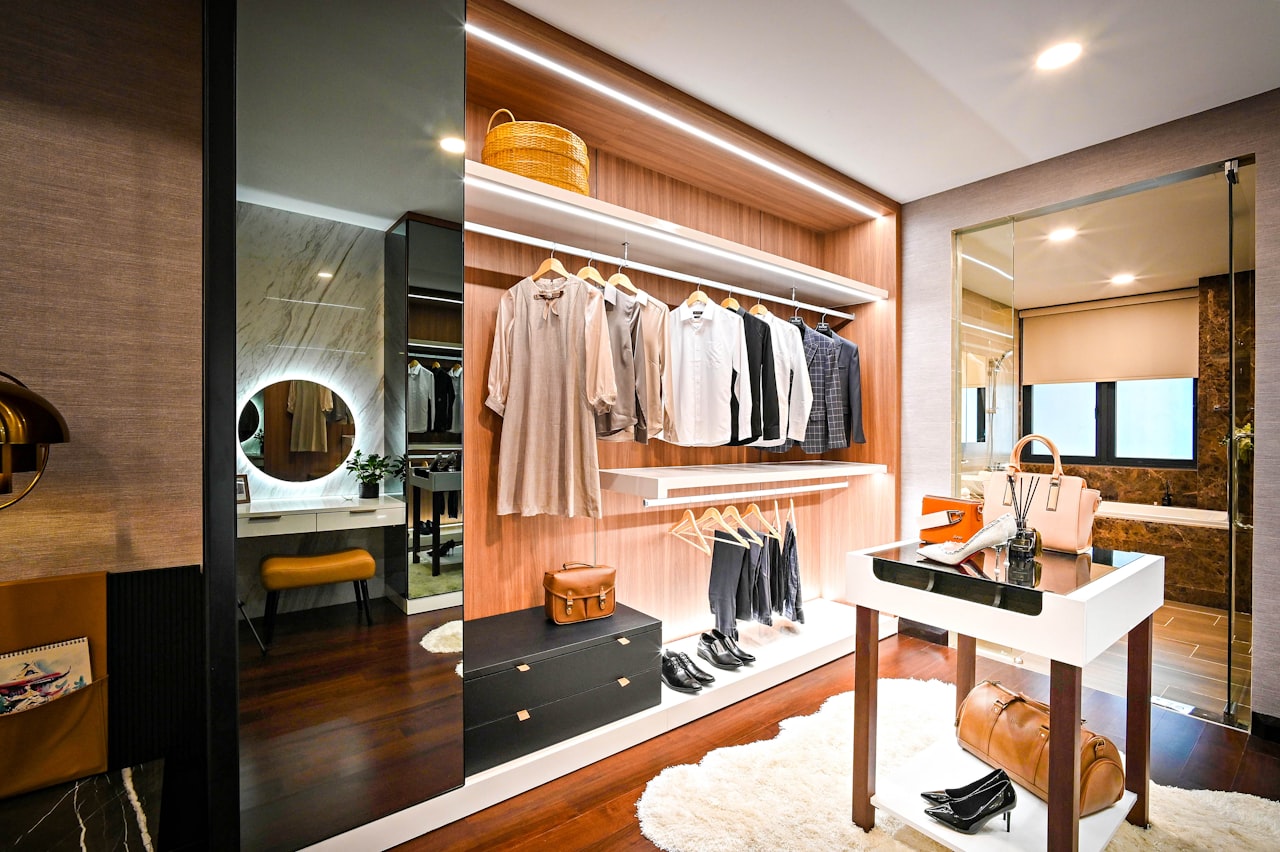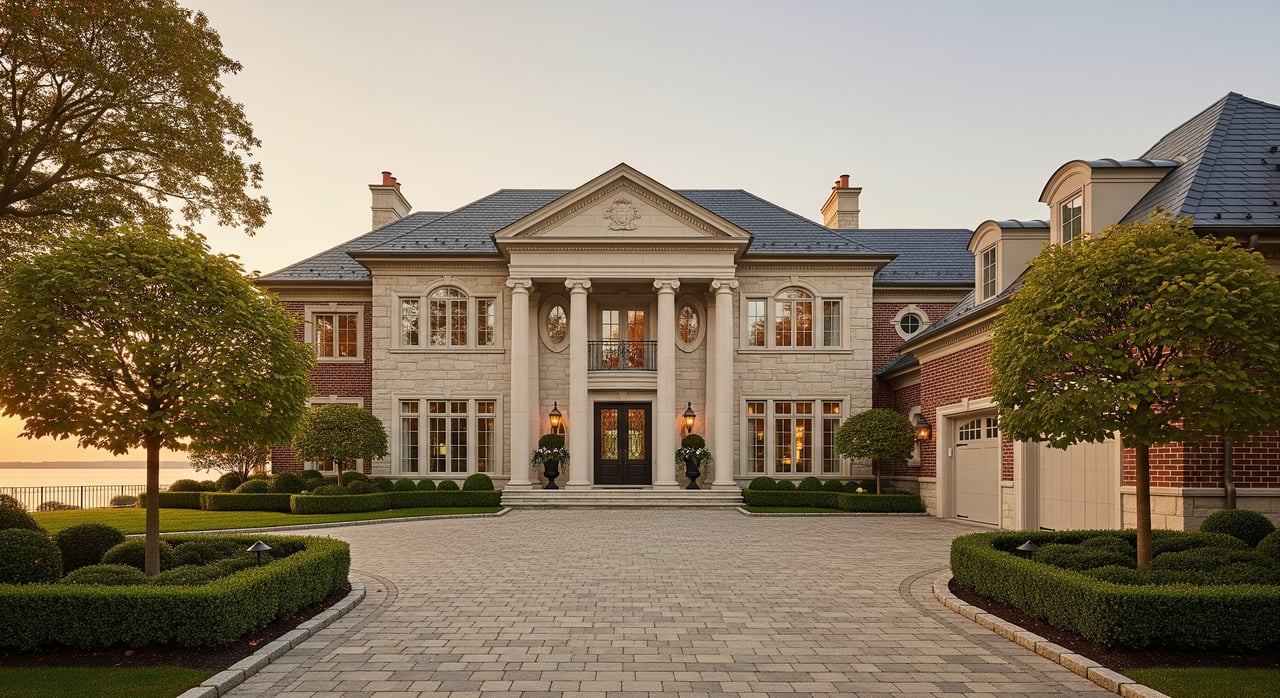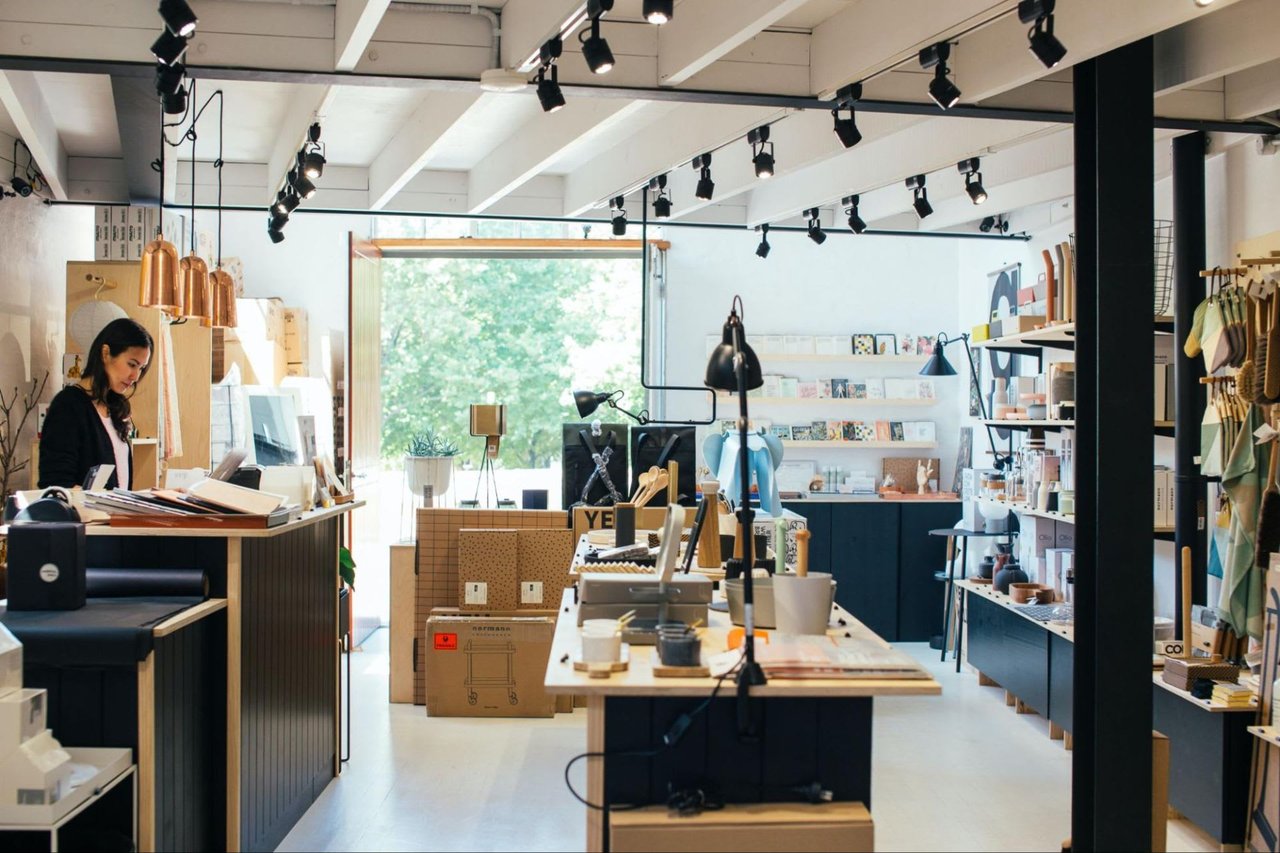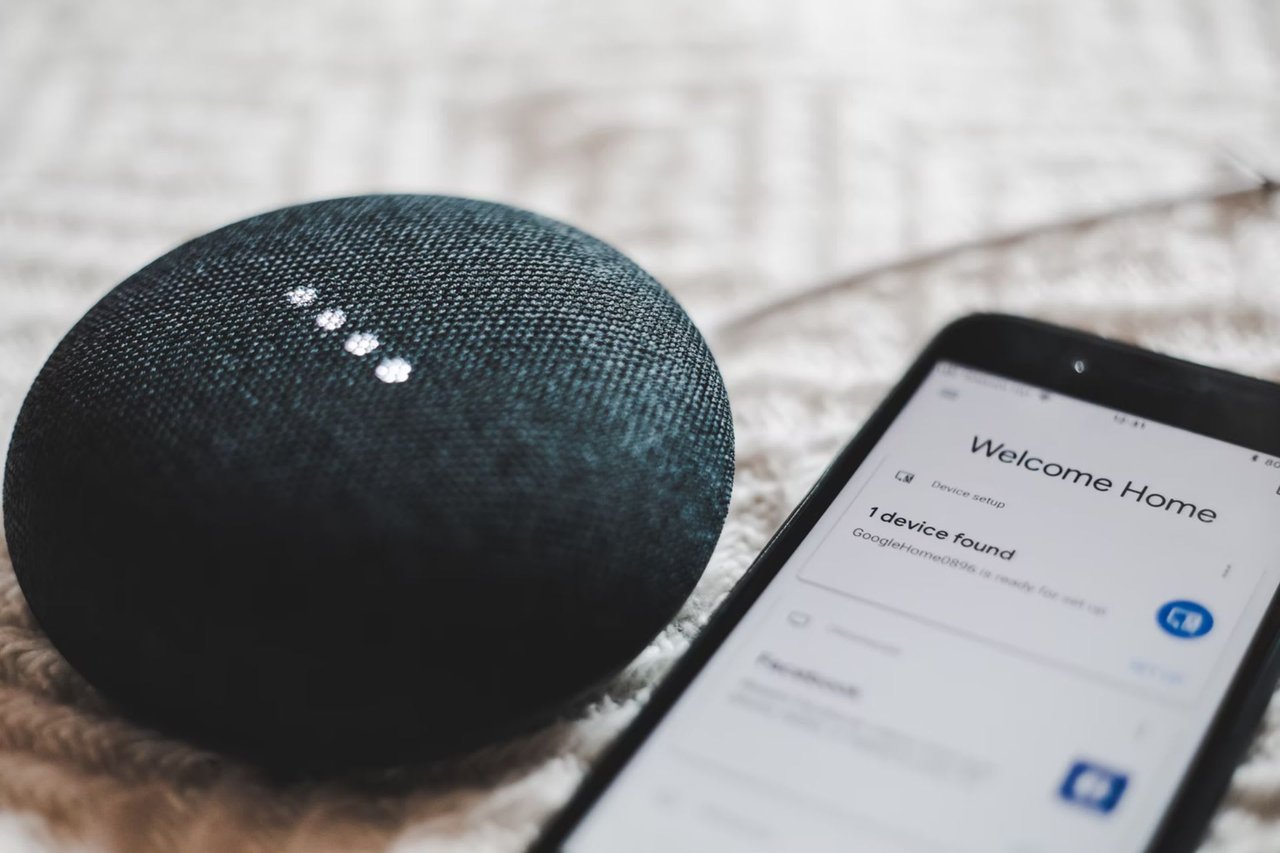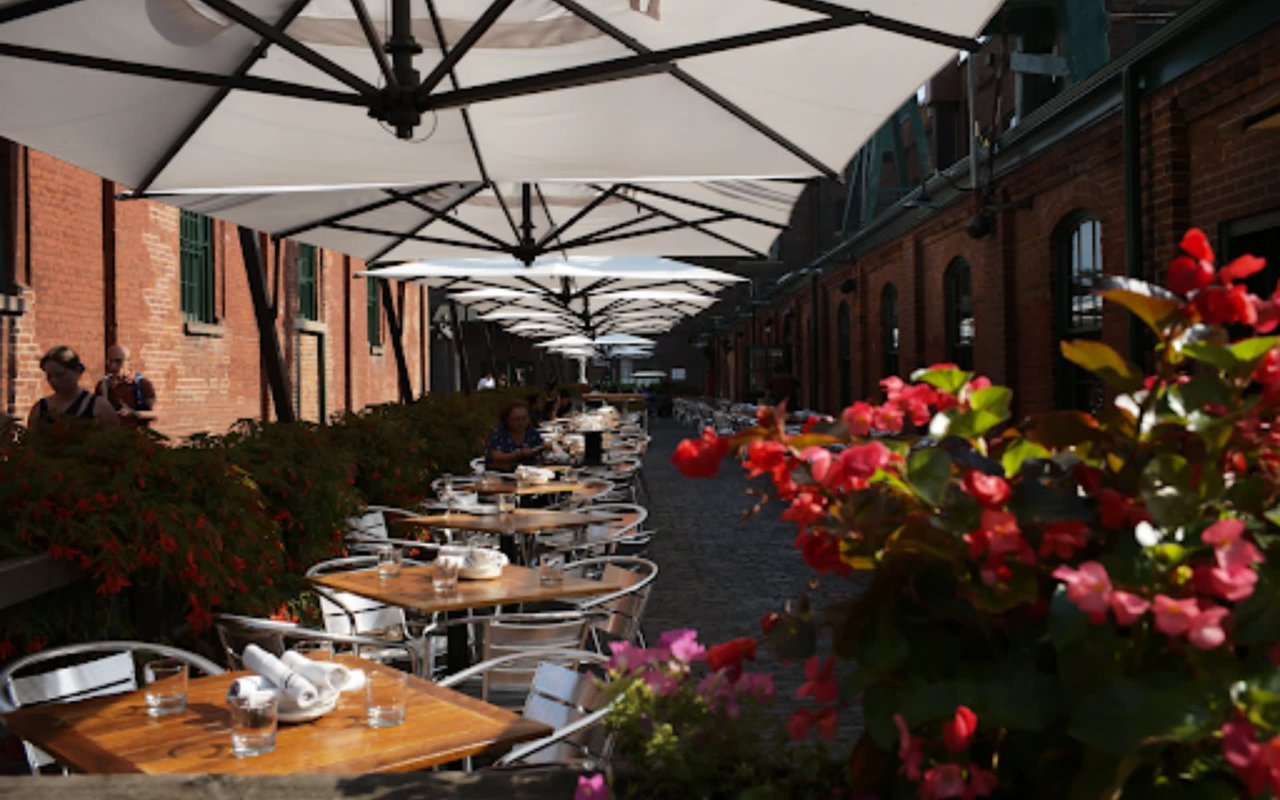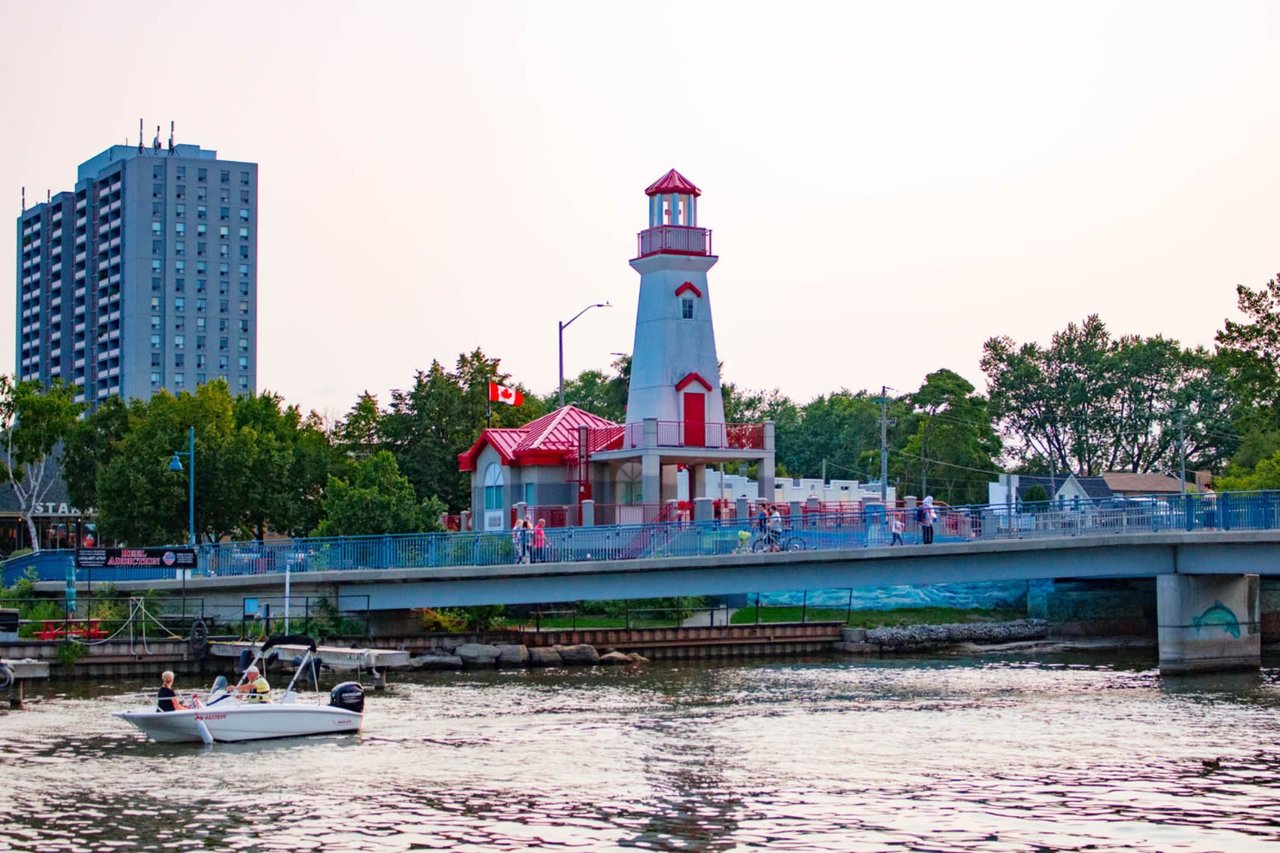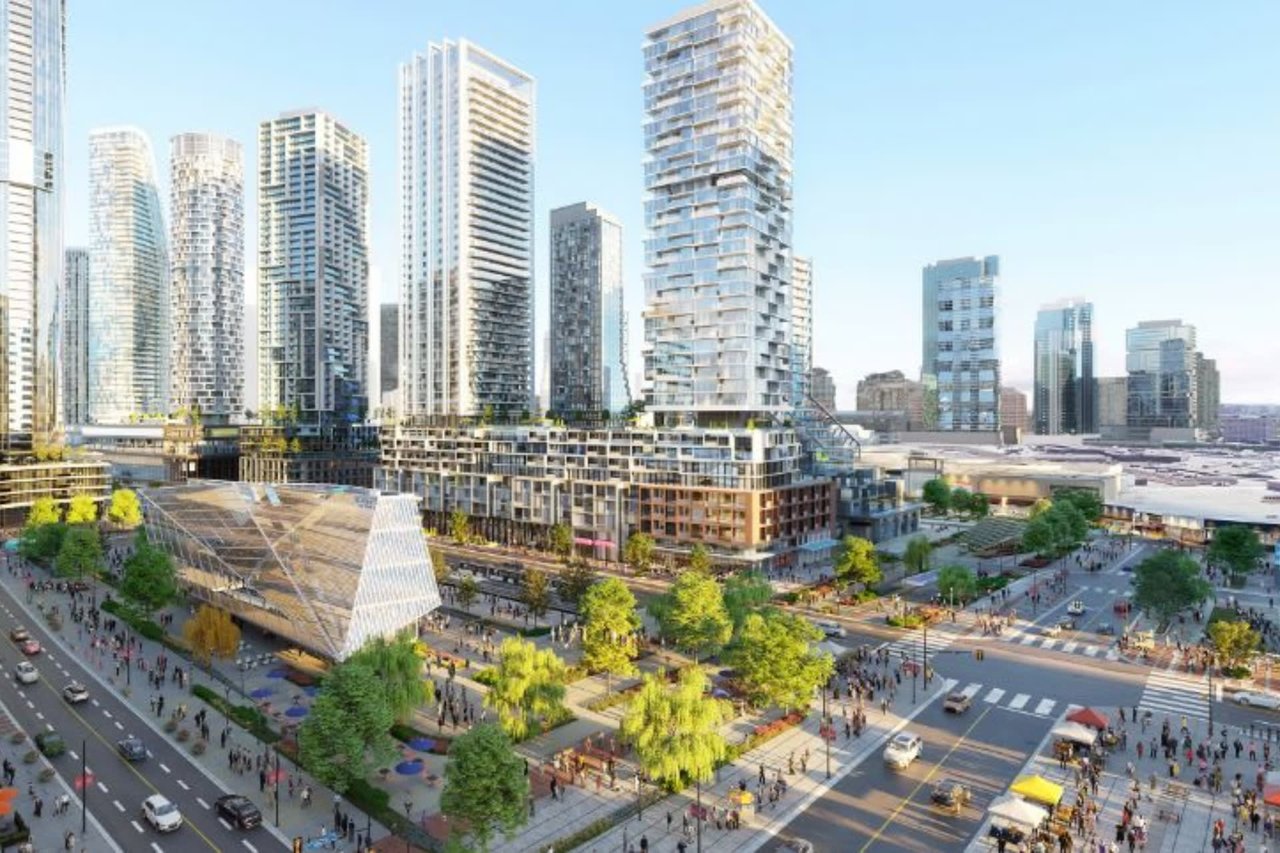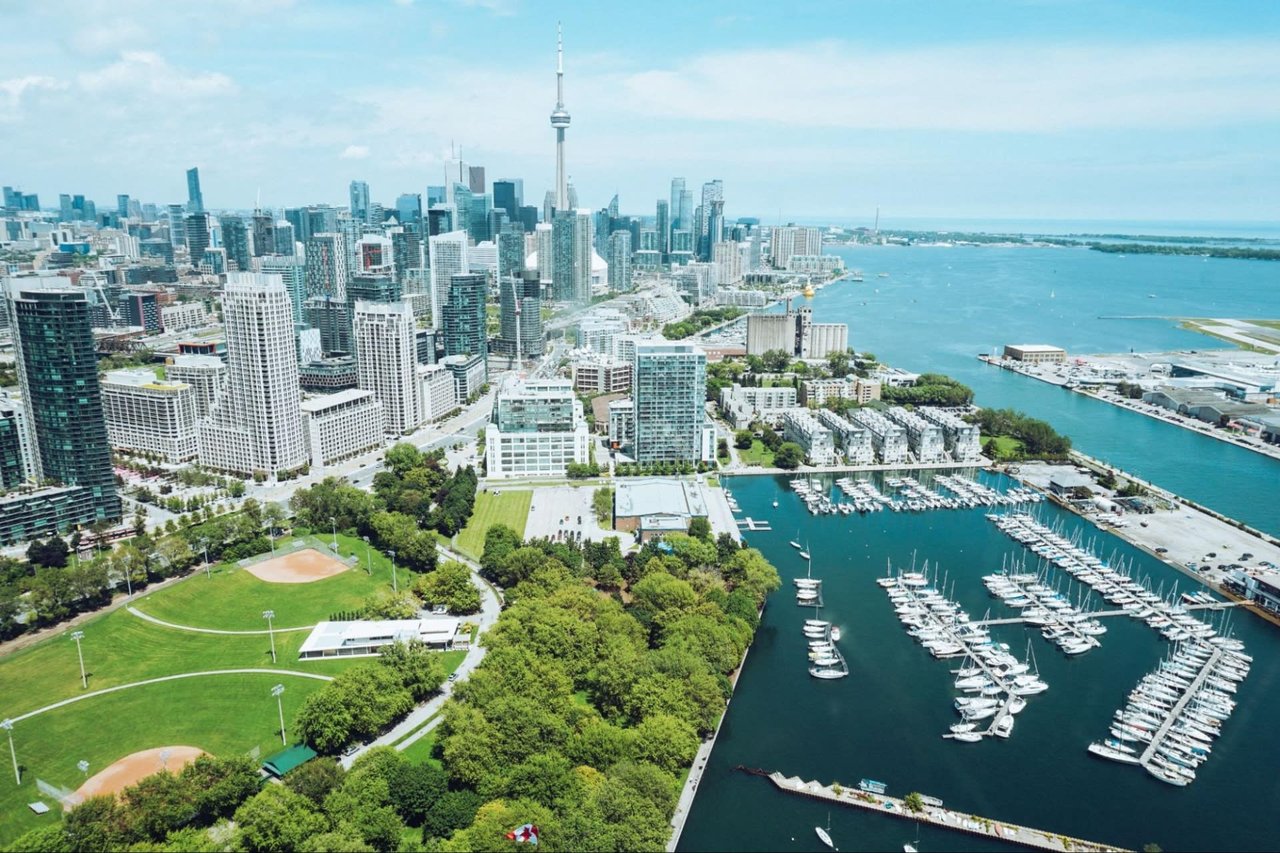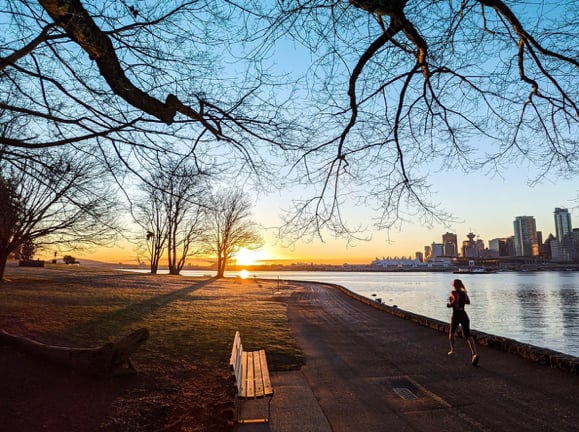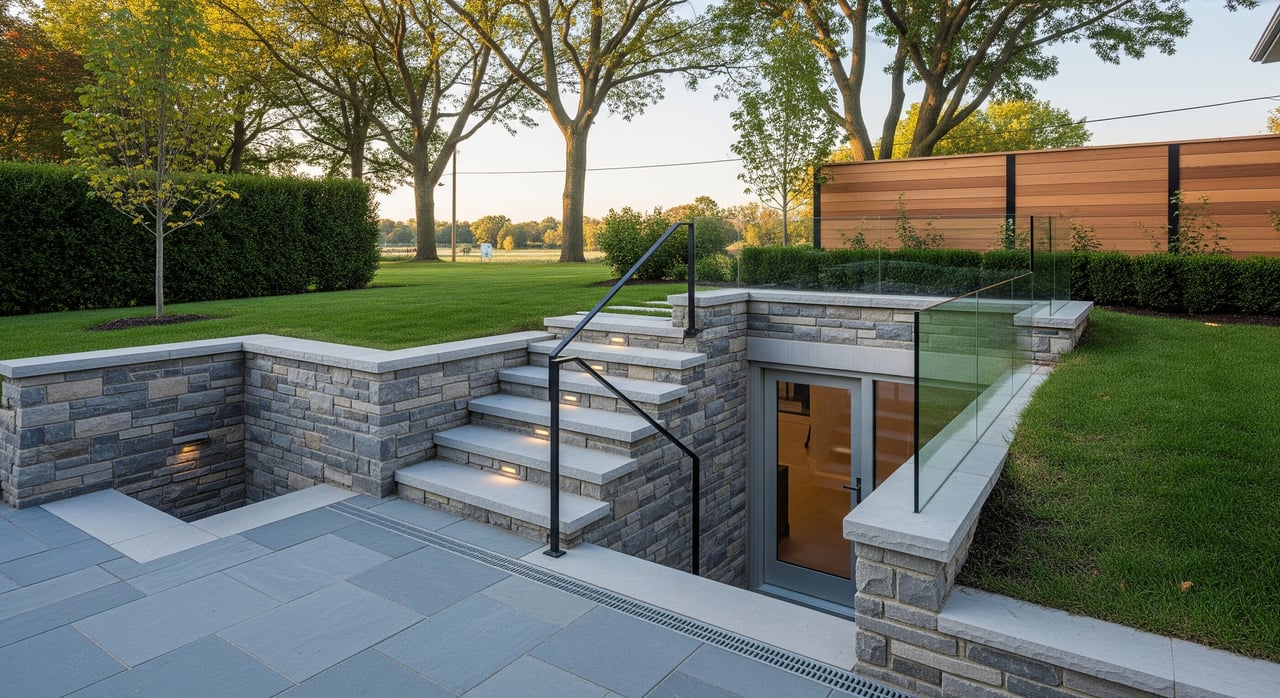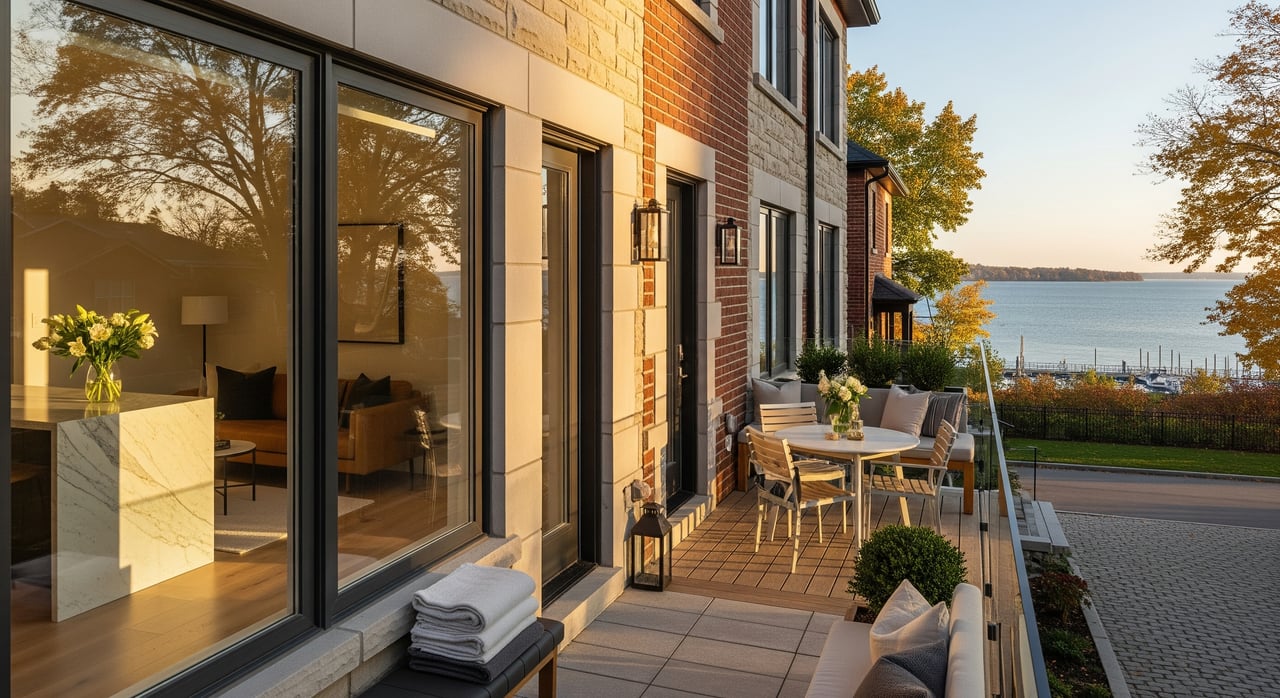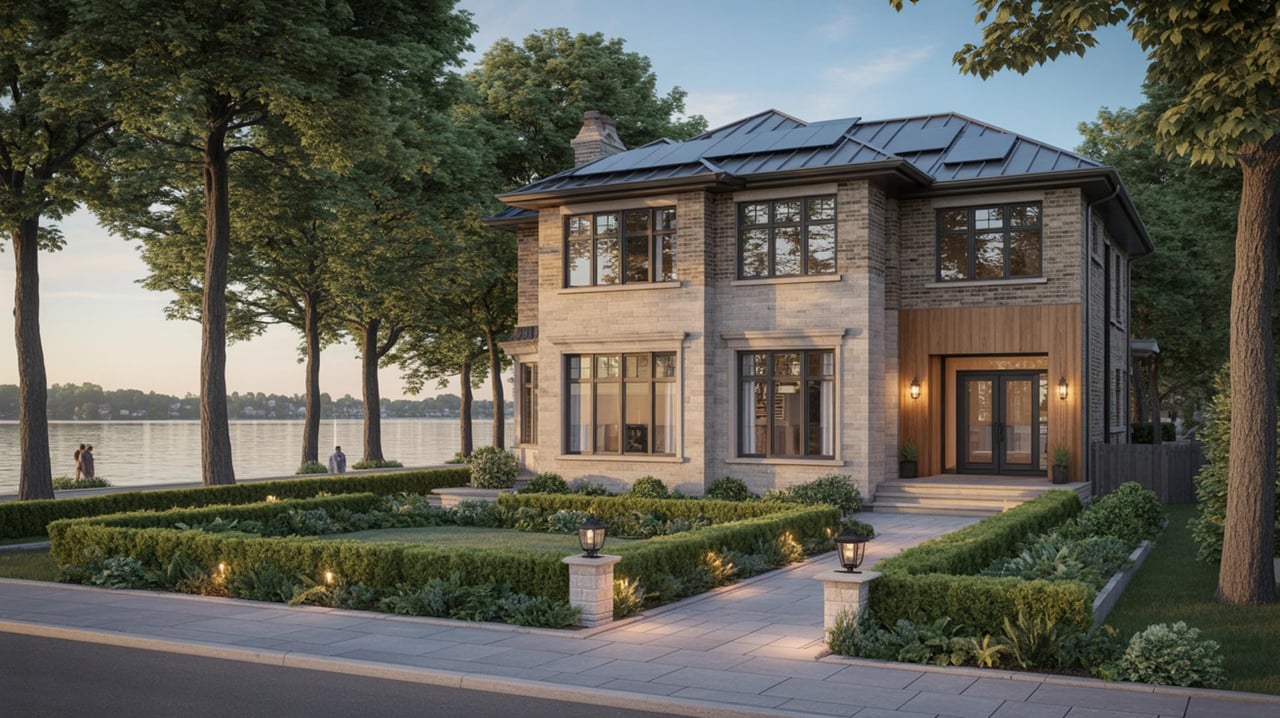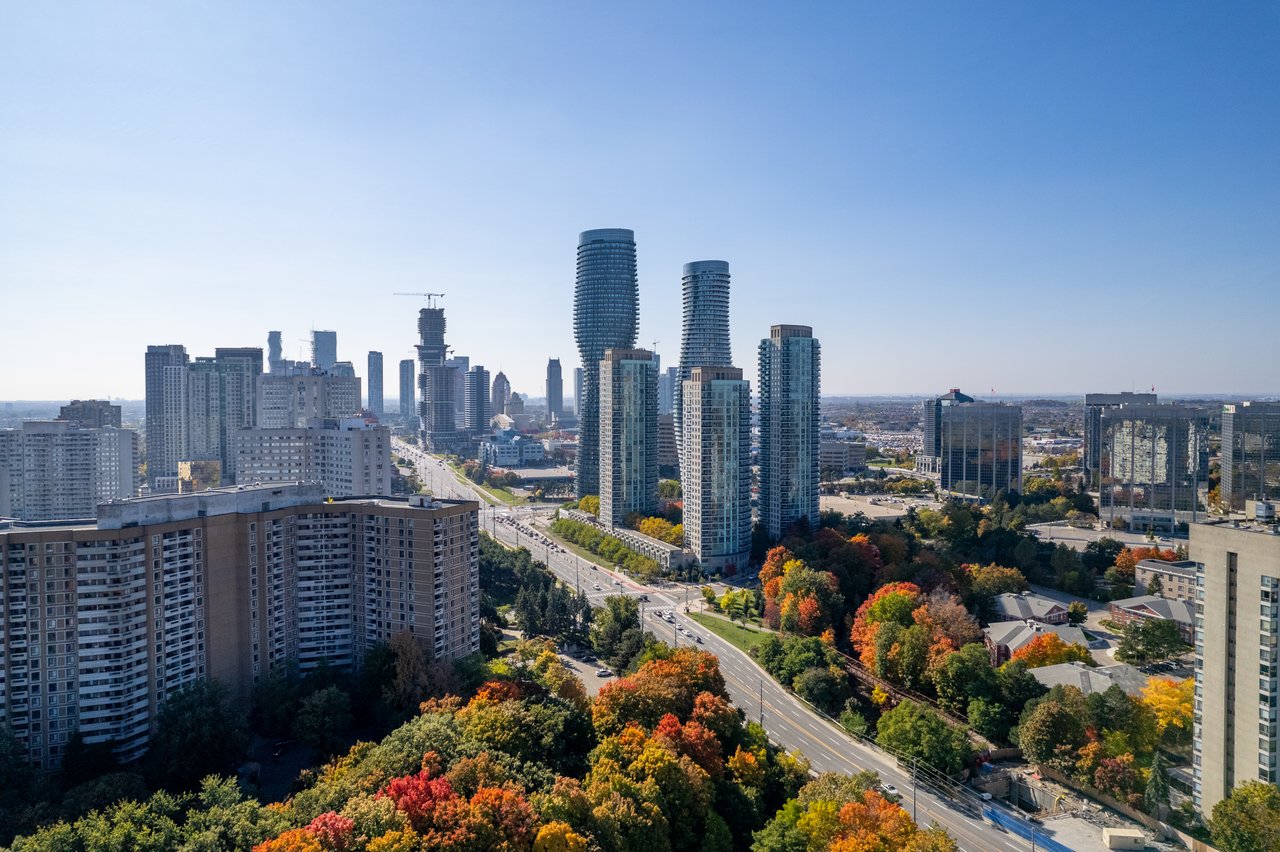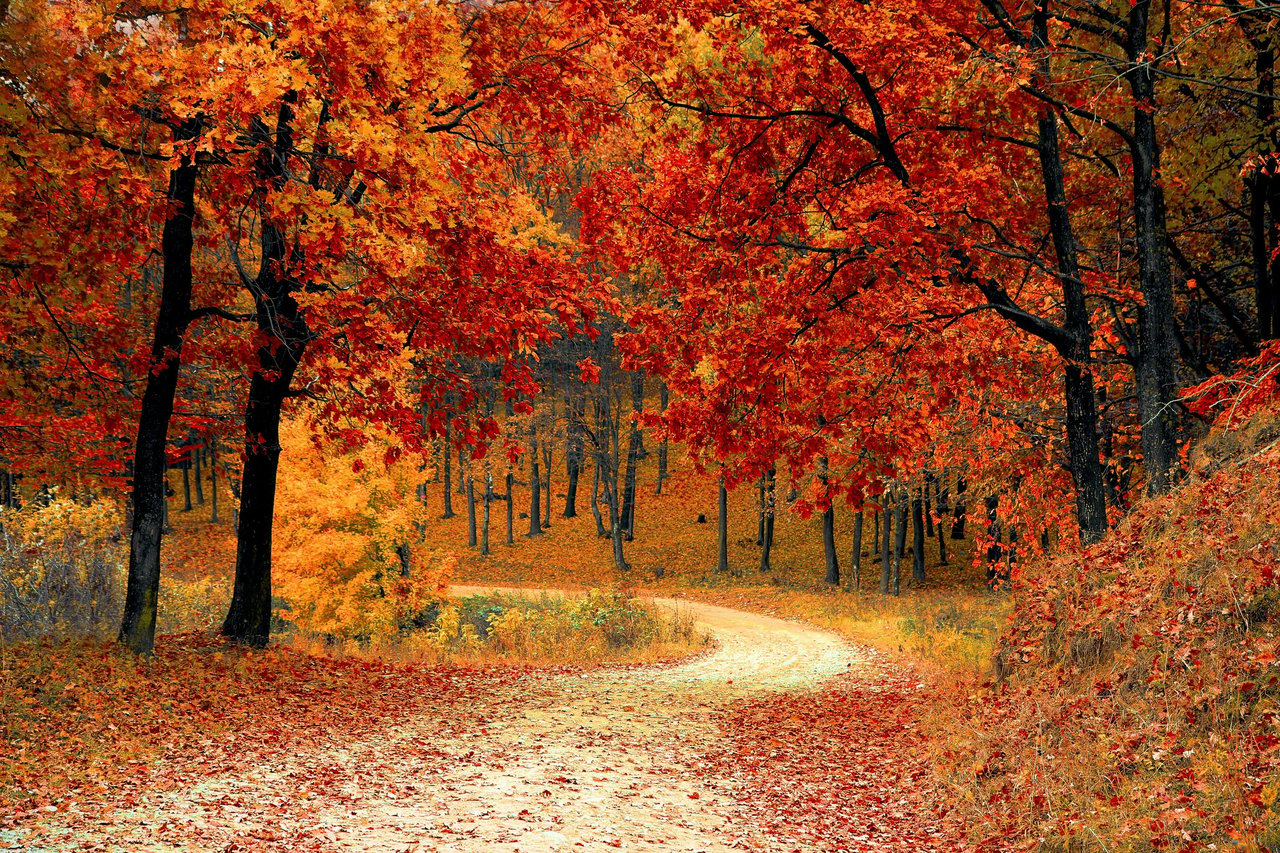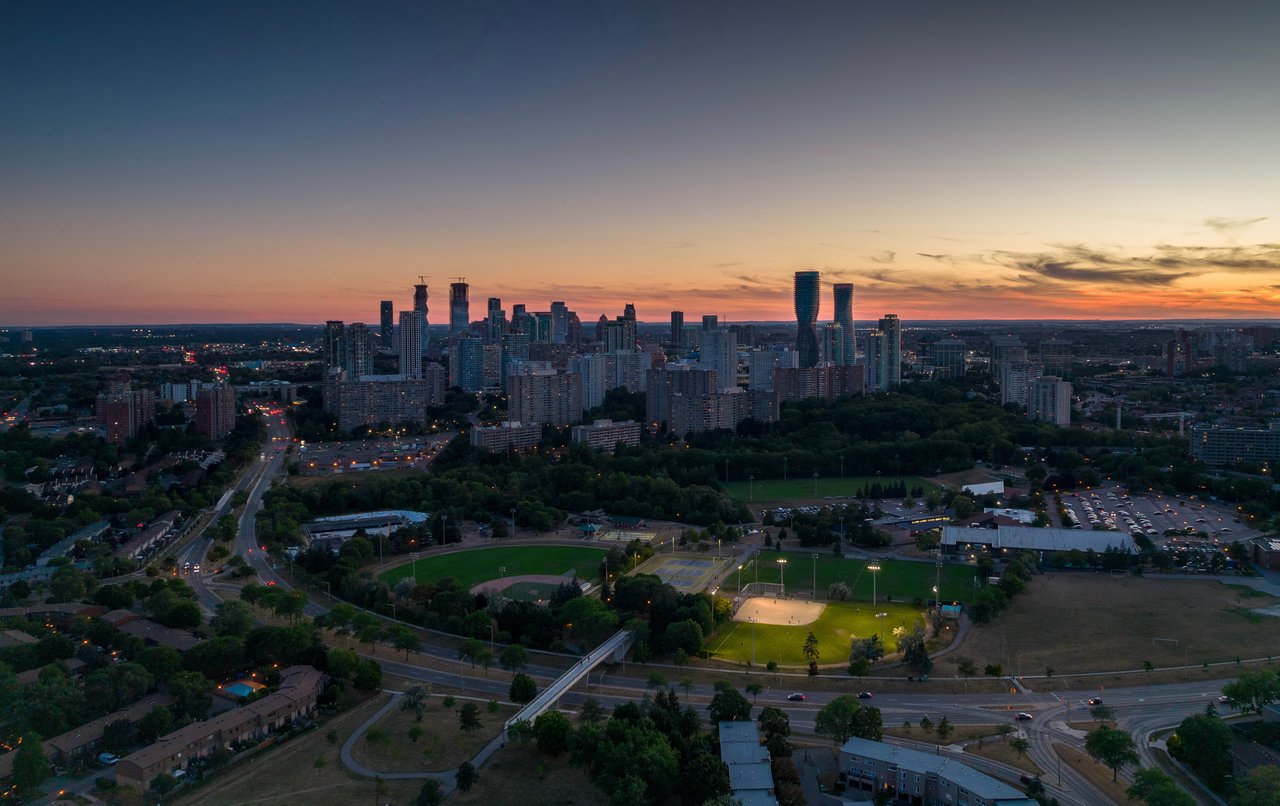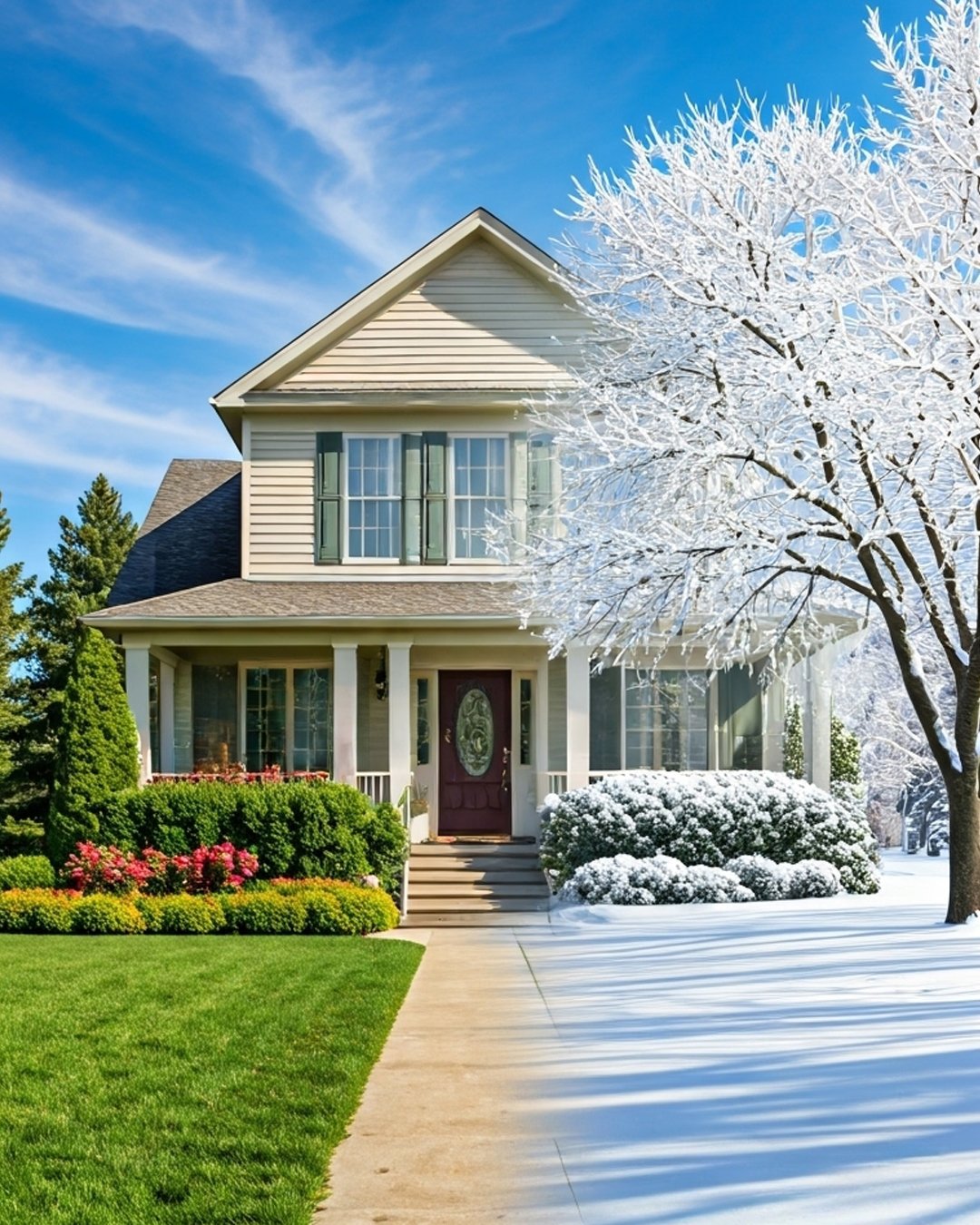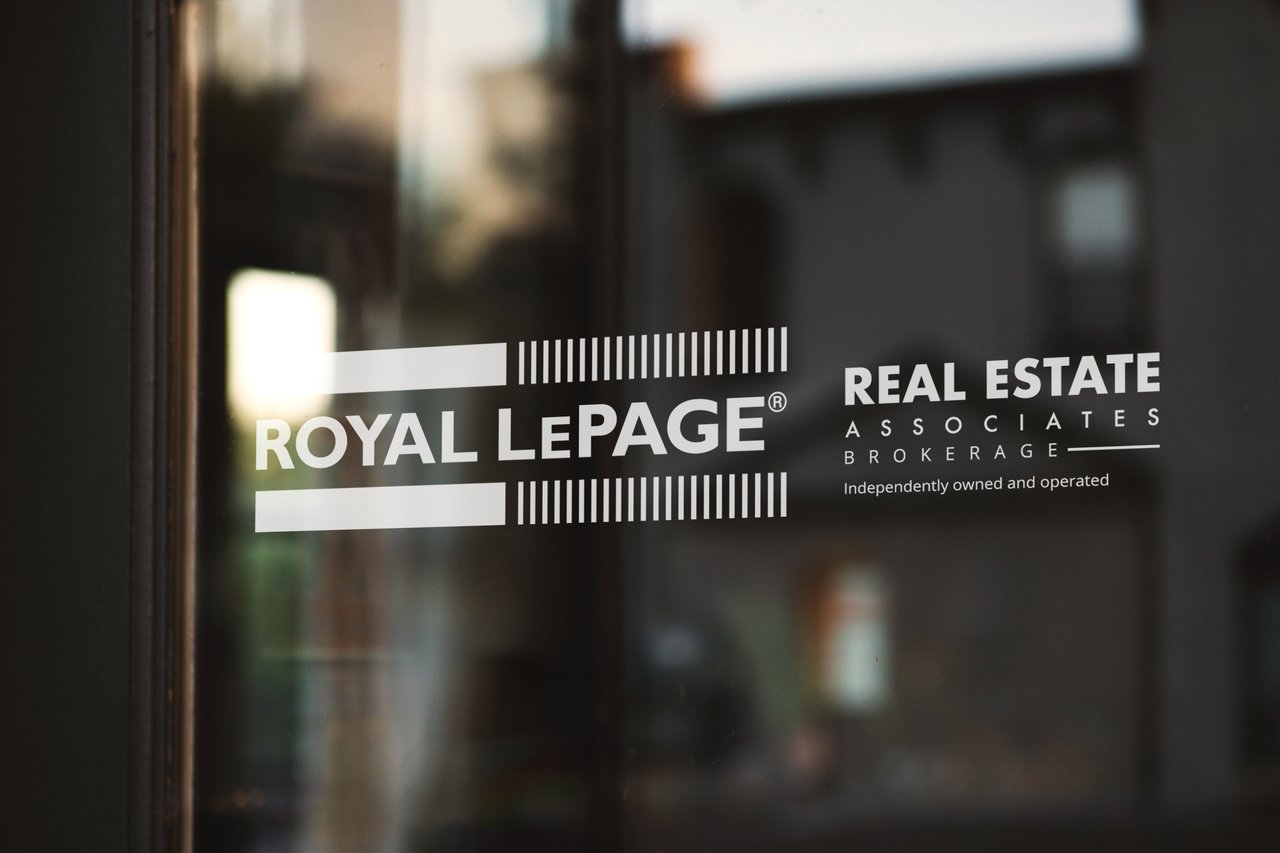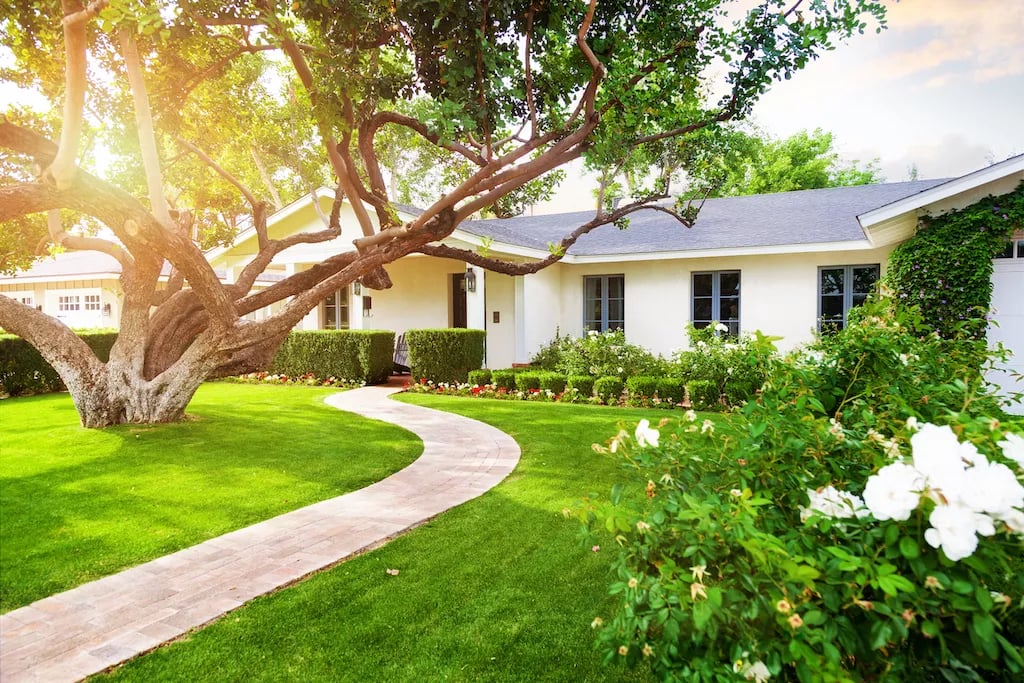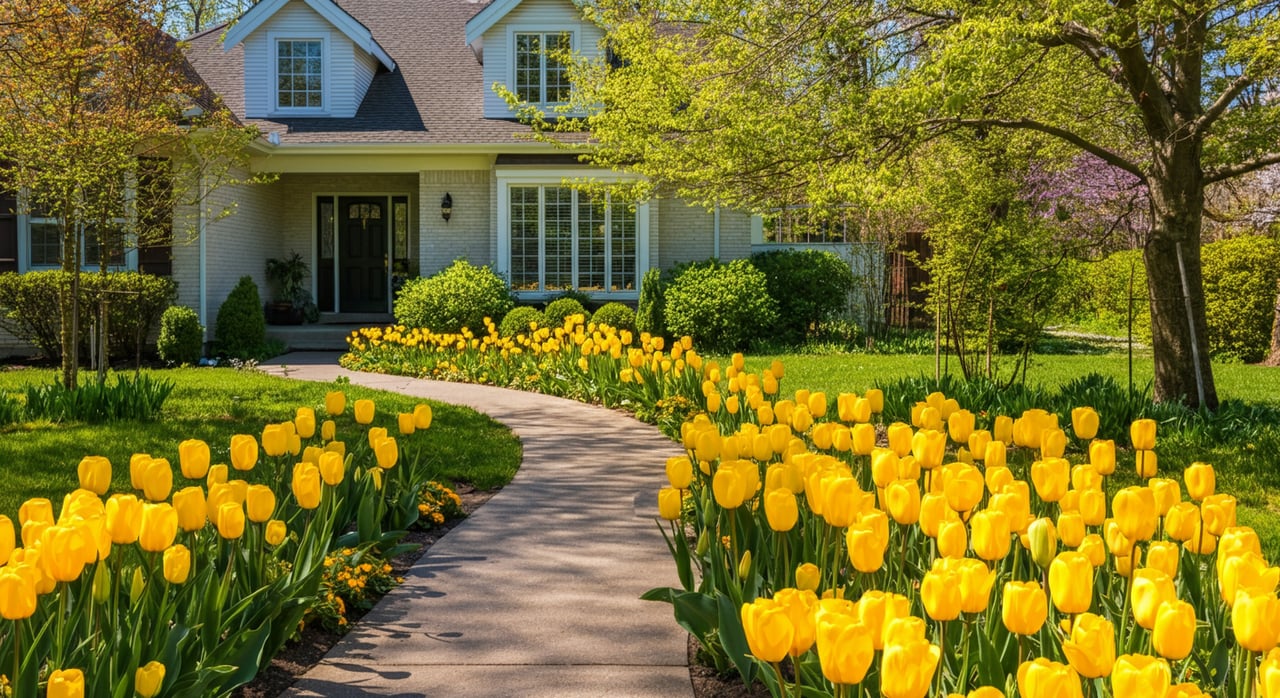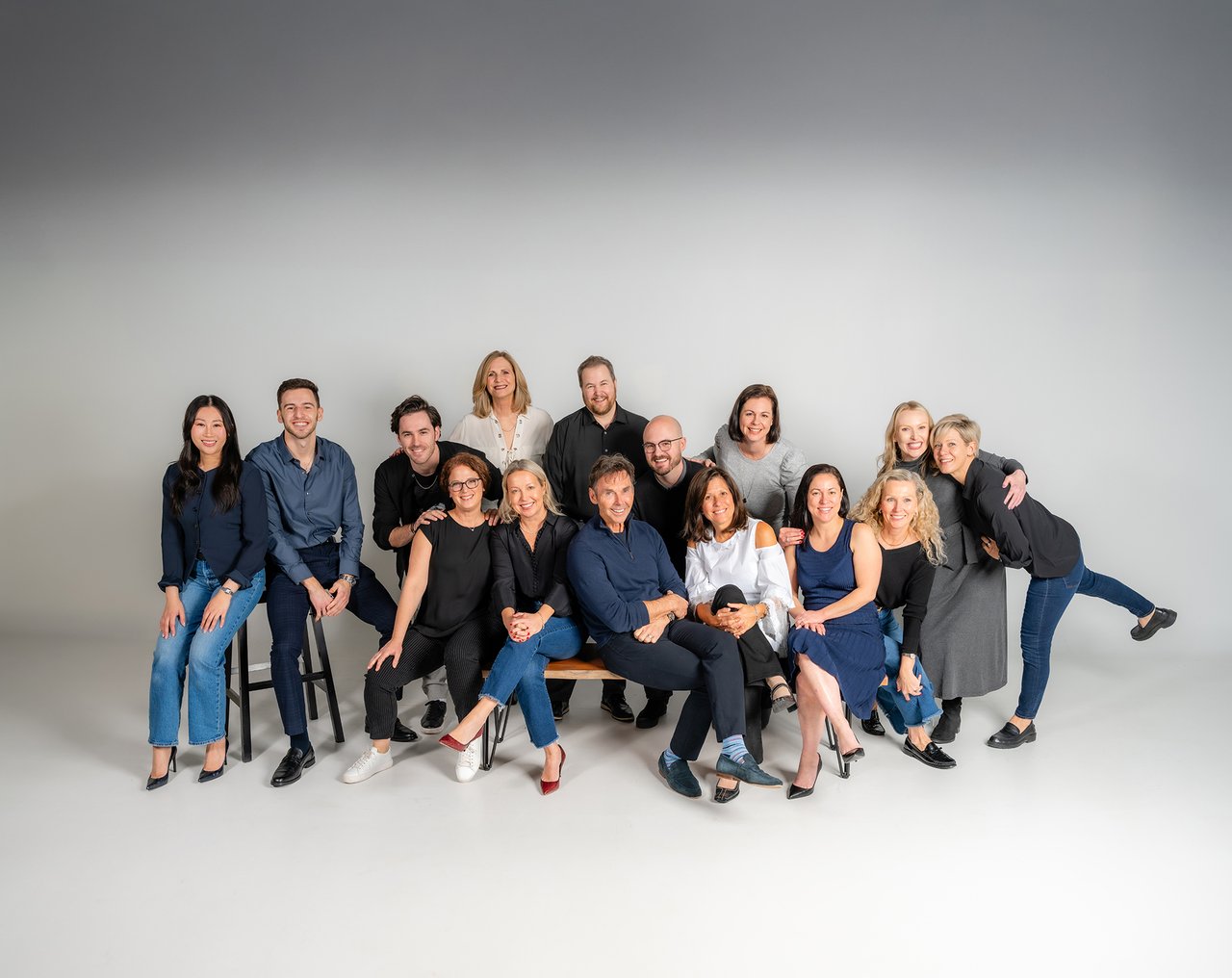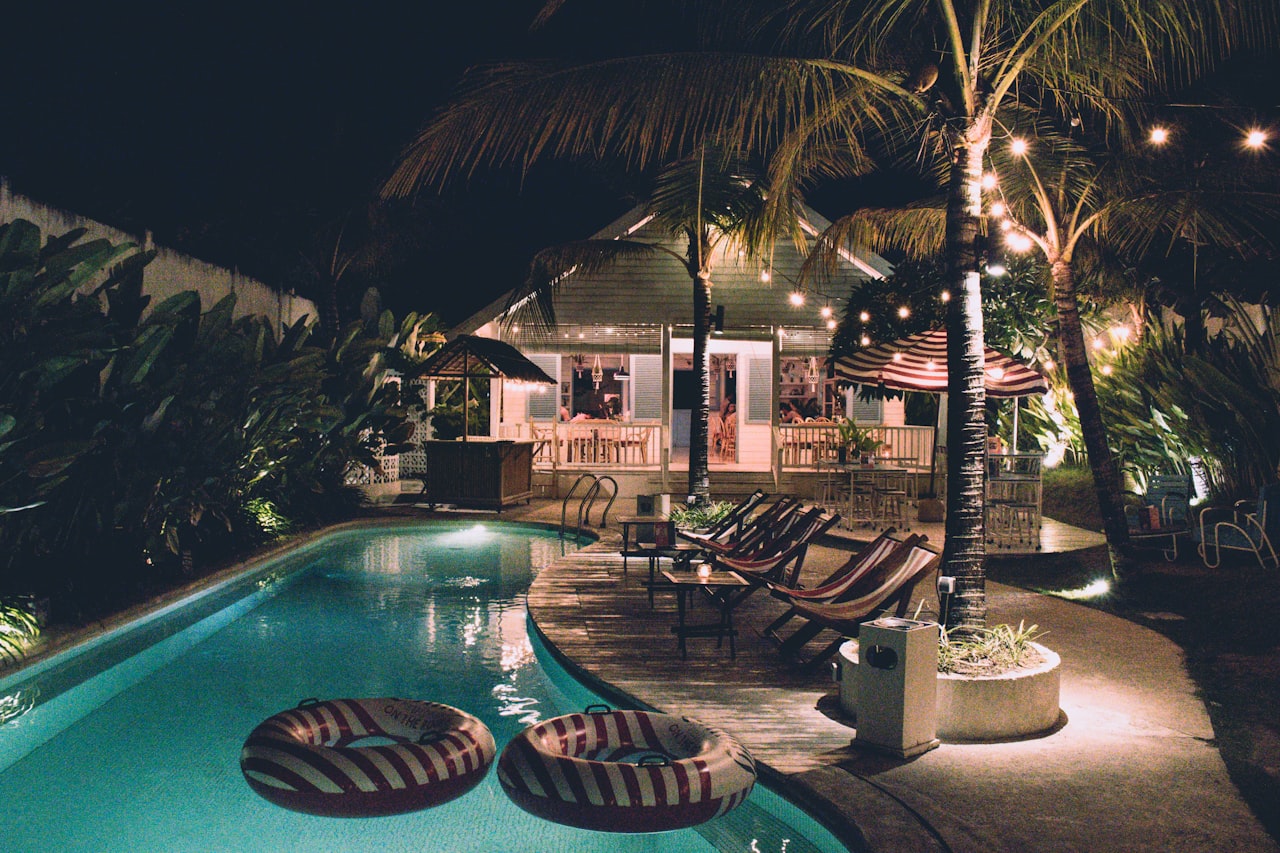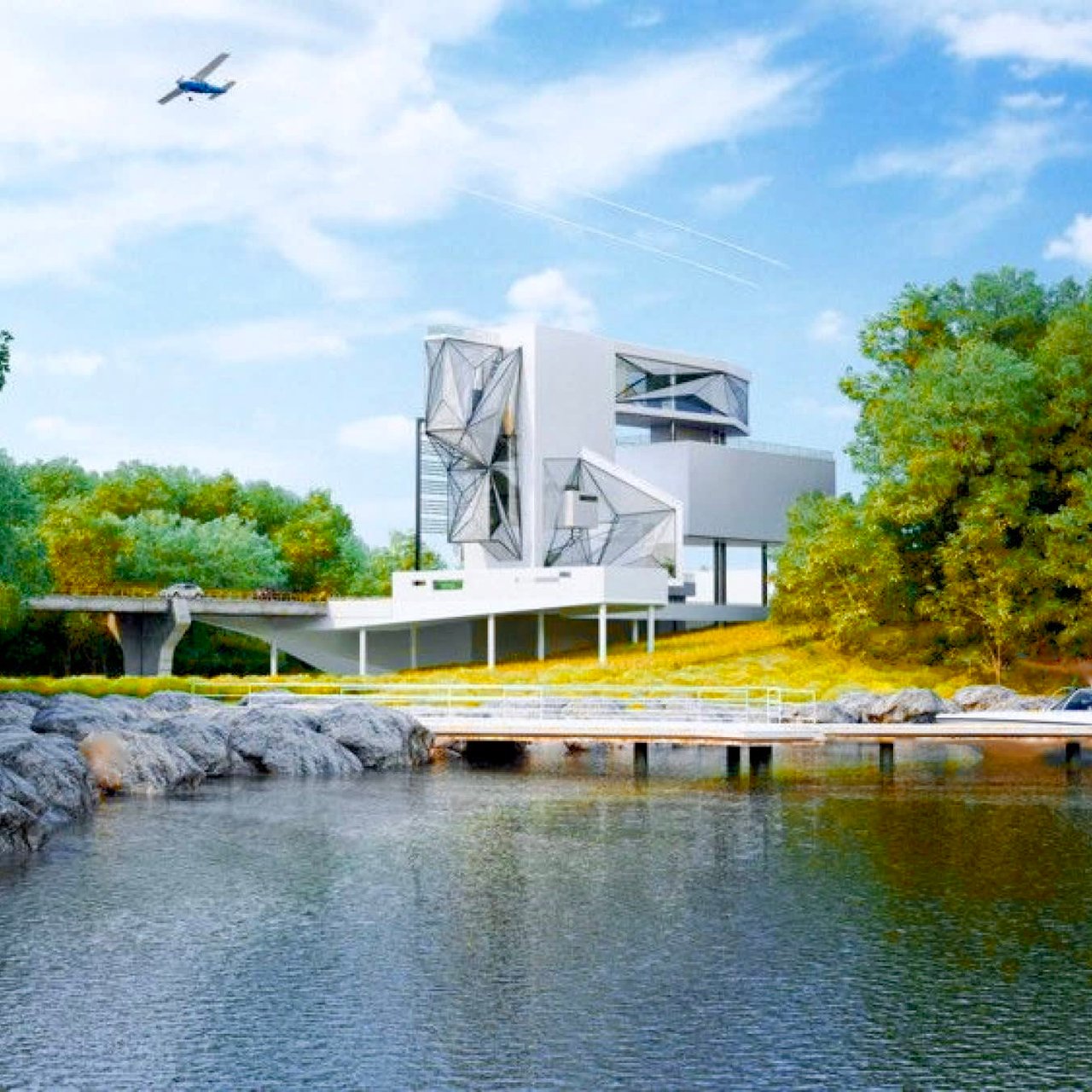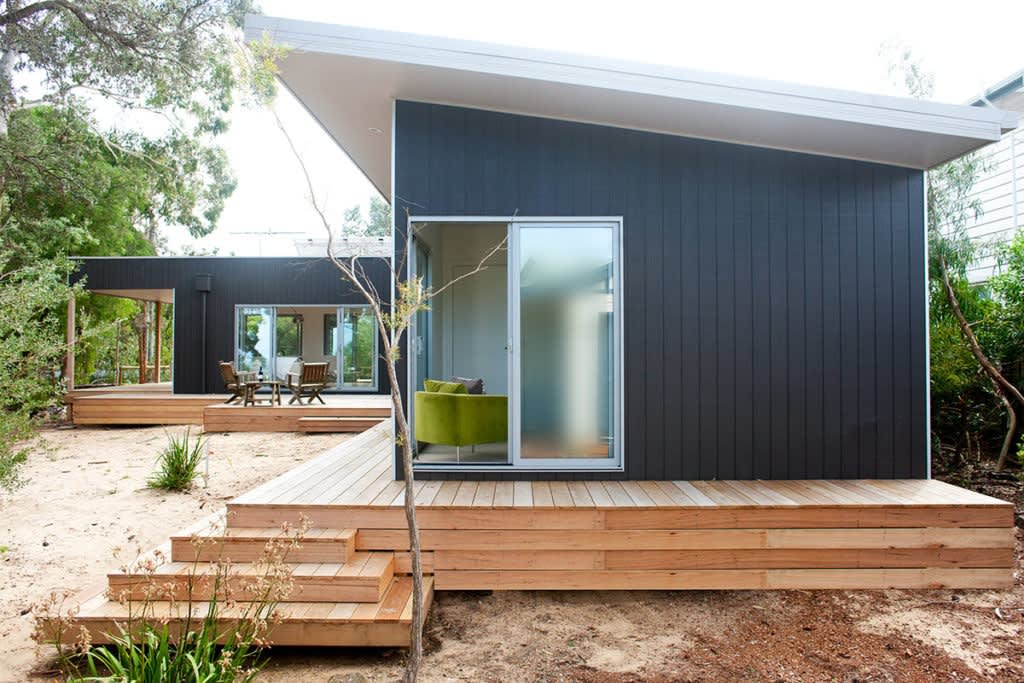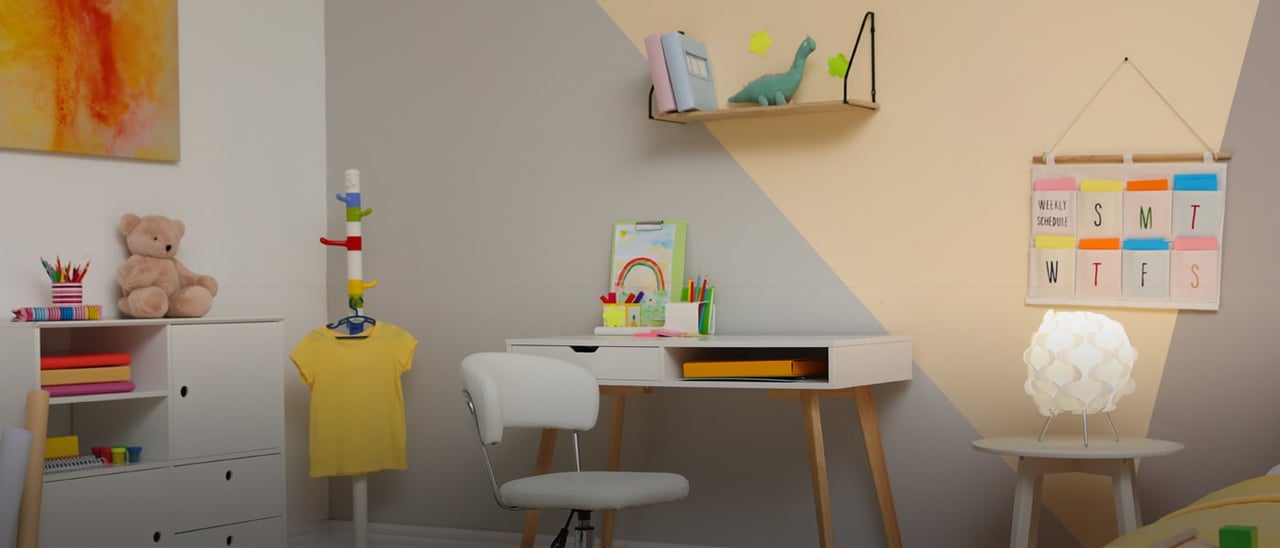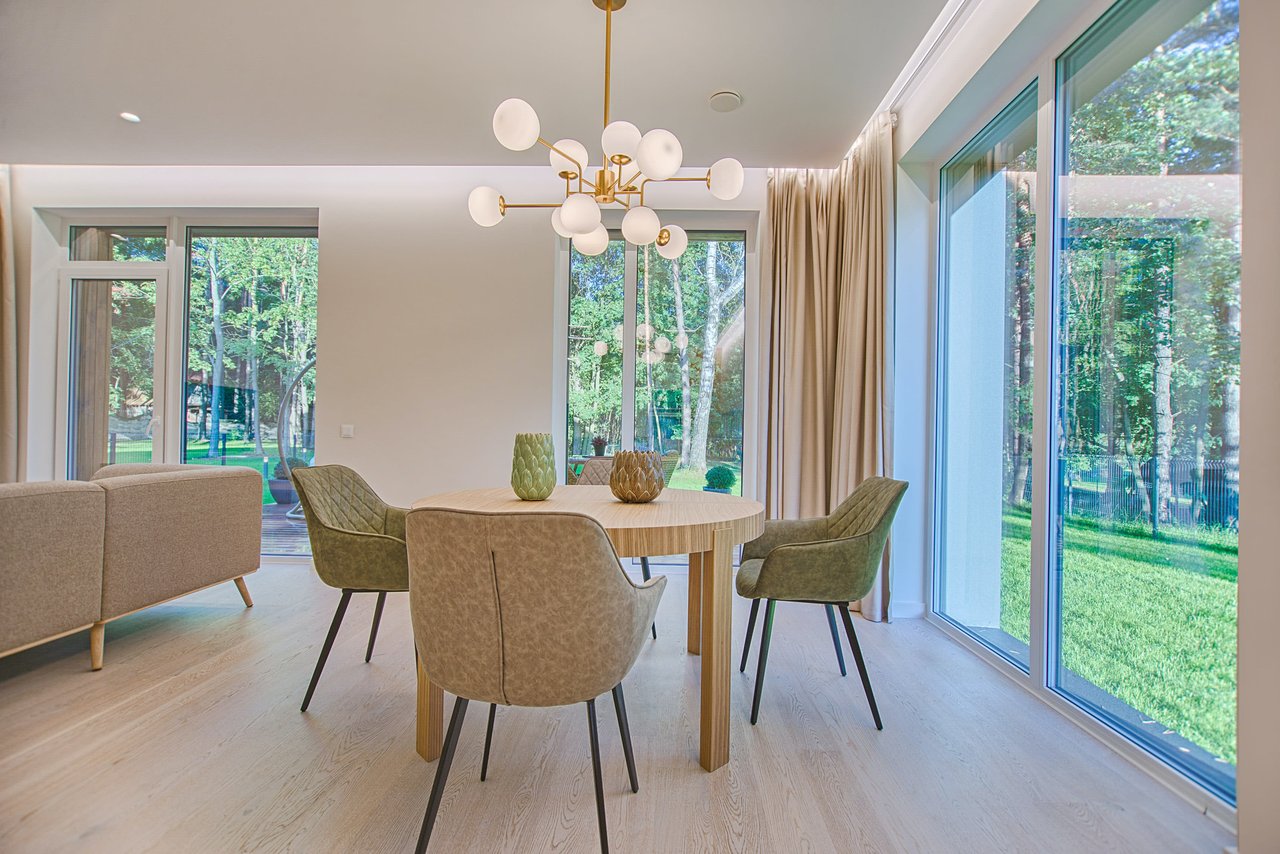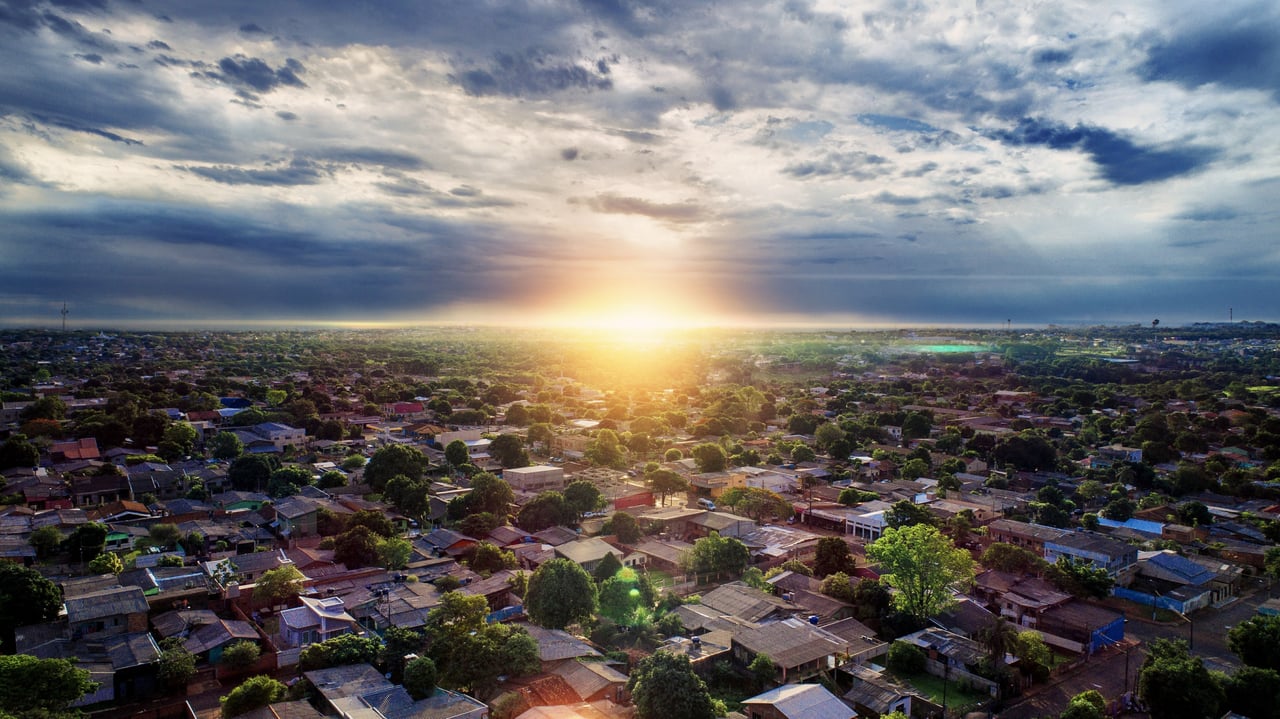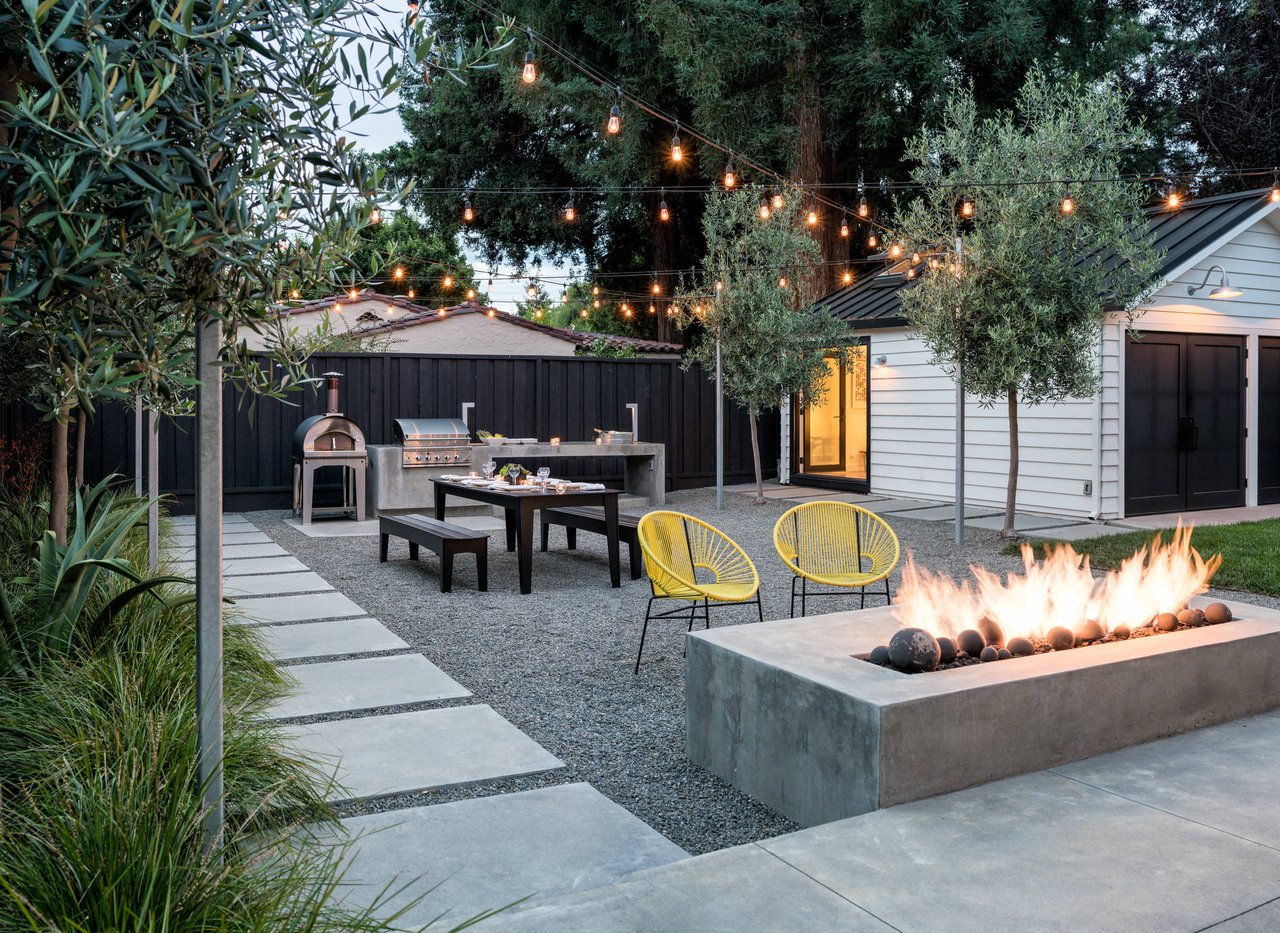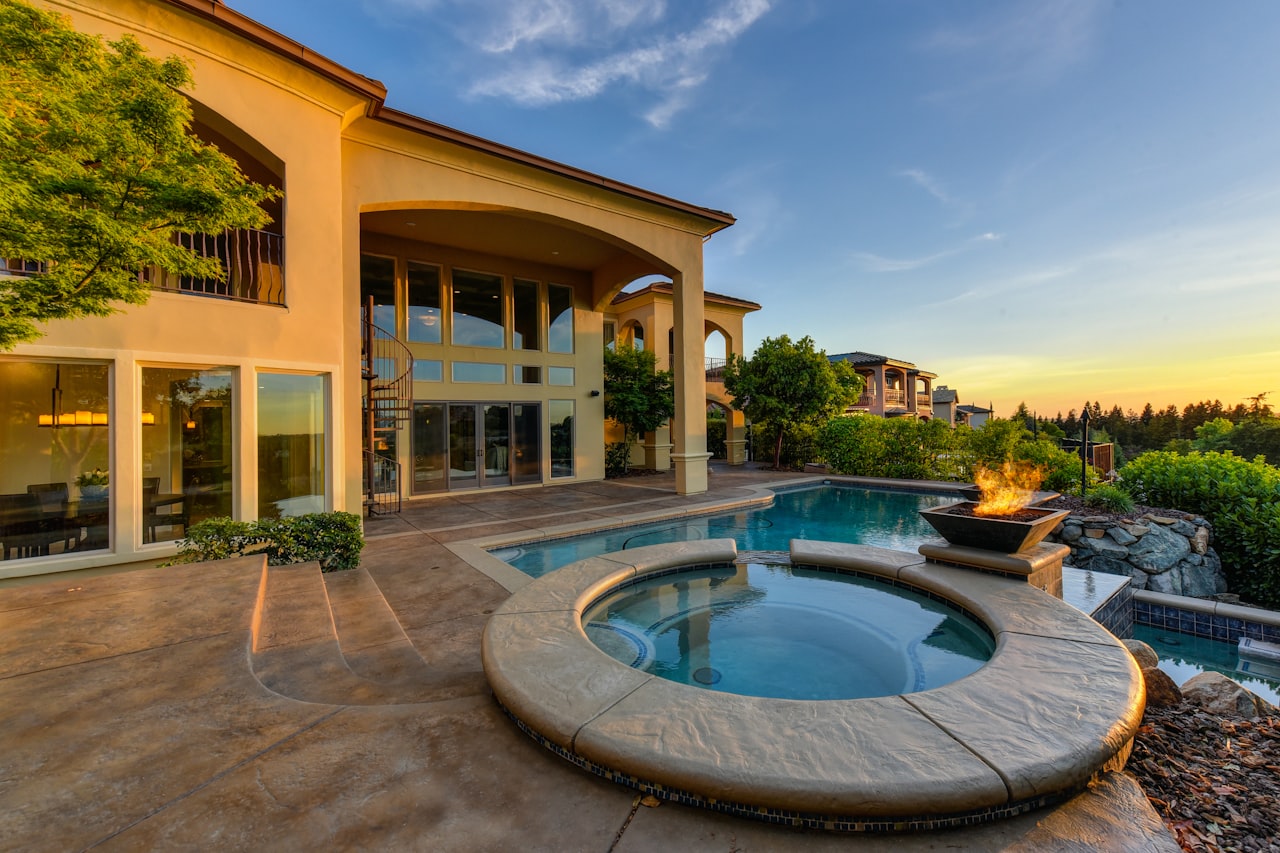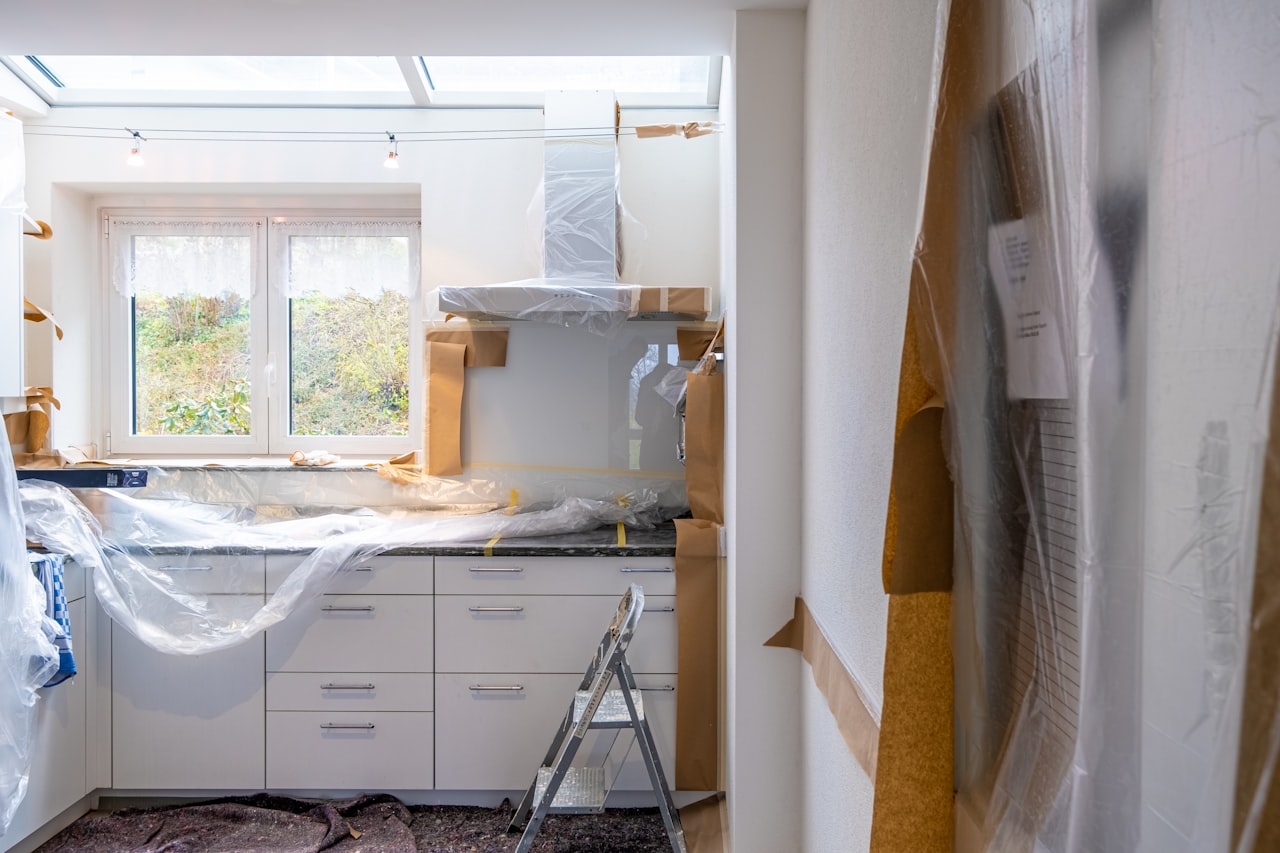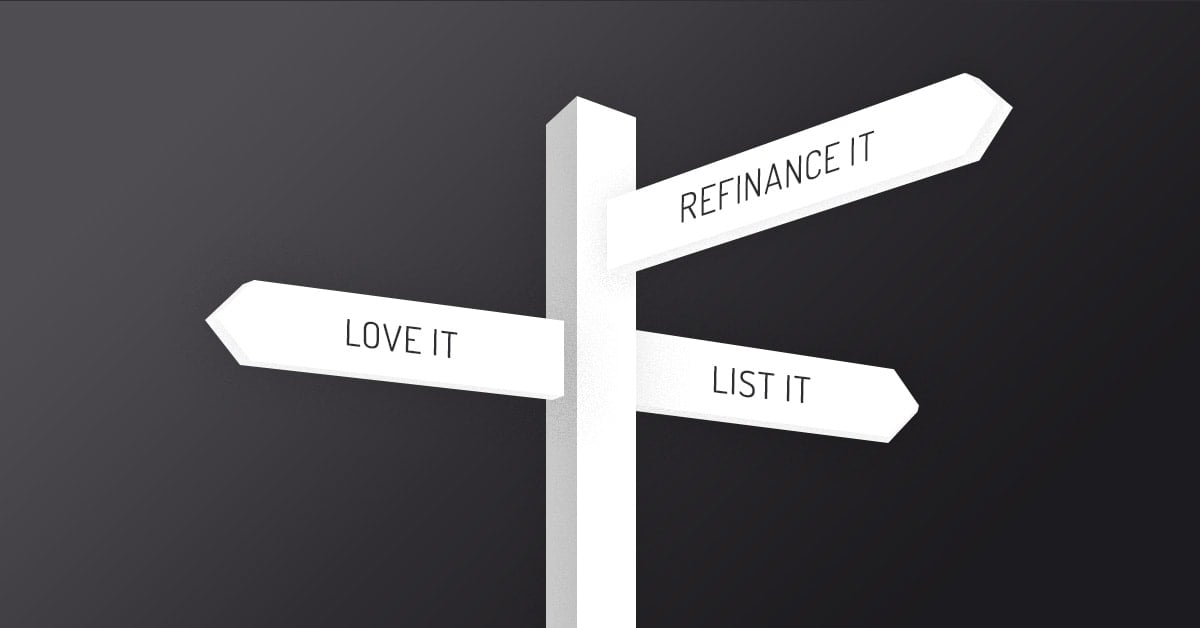Winter can be a dark time, both literally and figuratively. From yoga studios to cafés, however, recognition is growing of how light can be used to set an internal scene.
When architect Monica Adair arrived at the hospital for the births of her two sons, she insisted on bringing a set of Japanese paper lanterns into the delivery room both times. "I was like, 'There's no way a baby is going to go from this darkness, this translucent environment, into fluorescent lighting,'" she says. The nurses laughed, but Adair says the lights set a precious, intimate stage as she recovered, and the family bonded. "That really mattered to me: I wanted them to come out and experience this world as beautiful, not cold, or hard."
Like Adair, a wave of designers and artists, alongside medical professionals and wellness entrepreneurs, are increasingly using light to reset our mental landscapes and help us perceive our environments in new ways. From cheeky neon signage to medical-grade light boxes, twinkling fairy lights to high-tech preset mood lighting – this most visible of invisible forces gives us another way of seeing life more clearly. For many Canadians, winter is a dark time, both literally and figuratively: It's typically when seasonal affective disorder (SAD) occurs, in the form of fatigue, carbohydrate cravings, irritability and depression. According to the Canadian Mental Health Association, those who experience SAD make up around 10 per cent of all cases of depression, and about 2 per cent to 3 per cent of us will experience the disorder in our lifetimes.
And the culprit isn't necessarily winter's washed-out colour scheme of snow and salt on pavement. It's the lack of bright light early in the morning that disrupts our mood, says Robert Levitan, the Cameron Parker Holcombe Wilson Chair in depression studies at Toronto's Centre for Addiction and Mental Health. "Many people will have changes. Once it prevents people from going to work, or functioning at home, that's when we call it SAD," Levitan says. "But there's tons of people who have less severe versions."
But, he says exposure to an ultraviolet-filtered light for a half-hour in the morning has been clinically shown to improve mood and have a stimulating effect on our circadian rhythms. The Toronto Public Library also introduced light therapy lamps at some of its branches last year, and Levitan says some cafés in Europe even offer ultraviolet-filtered lighting as a draw.
Beyond its use as a medical treatment, light also adds an aesthetic element to how we see the world. As American artist James Turrell once said of his work, "I want to create an atmosphere that can be consciously plumbed with seeing, like the wordless thought that comes from looking into the fire." Famed for using vibrant colour washes and elaborate visual illusions to disorient and re-engage our sense of sight, Turrell's work simultaneously tackles both the human exterior and interior, intended to set an internal scene as much as an exterior one.
And it's light's primal power to set a mood and hijack our sense of space or time – speaking directly to our primordial, reptilian brains – that appeals to artists Nina Ryner, founder of London's ChromaYoga. Housed in a soundproofed space in the city's eclectic Shoreditch neighbourhood, the studio uses a shifting colour spectrum as the backdrop for a wide range of yoga classes: from an active, energetic red class to a pink-washed yin class Ryner says evokes feelings of "nurturing and love." This month's classes are packed with the New Year's resolution crowd, and she plans to open another location in London by the end of the year.
Ryner, who hopes to eventually export the concept to North America or Europe, cites Turrell, along with artists Liz West and Dan Flavin, as major influences on her colour-drenched sensibility. Similar to how a heated yoga studio can help focus in the mind, Ryner says her modern studio uses light to help attendees access a new level of mental clarity. While most initially come to the studio for the physical benefits, she says yoga-goers are increasingly showing interest in how a room bathed in a single colour impacts their mental geography.
Lucky for those of us looking for design – and wallet-friendly ways to brighten or lift a space closer to home – designers and retailers are increasingly selling beautiful and functional fixtures, even branching into once prohibitively expensive materials such as neon. When planning lighting, Adair recommends thinking carefully about what mood you're trying to set. Lighting companies are increasingly selling electrical panels that use pre-set levels, from romantic to business meeting, and she says dimmers are always a good investment. And as LED technology improves and evolves, a white light can become red, yellow, or blue with a simple touch of a button.
Then there's always cheap-and-cheerful twinkle of Christmas and patio lights. In the airy top-floor office in Saint John, where Adair and her husband, Stephen Kopp, run Acre Architects, strands of sparkling orbs provide more ambiance than illumination. The pair also like using small, ground-level lights to help brighten walls, for instance. "There's a difference between atmospheric lighting and lighting a space to be able to dust or clean," Adair says. "Think of it like this: It's not necessarily about seeing light, but eliminating darkness."
